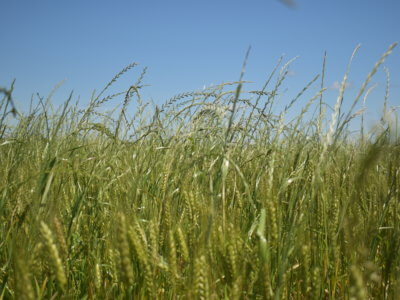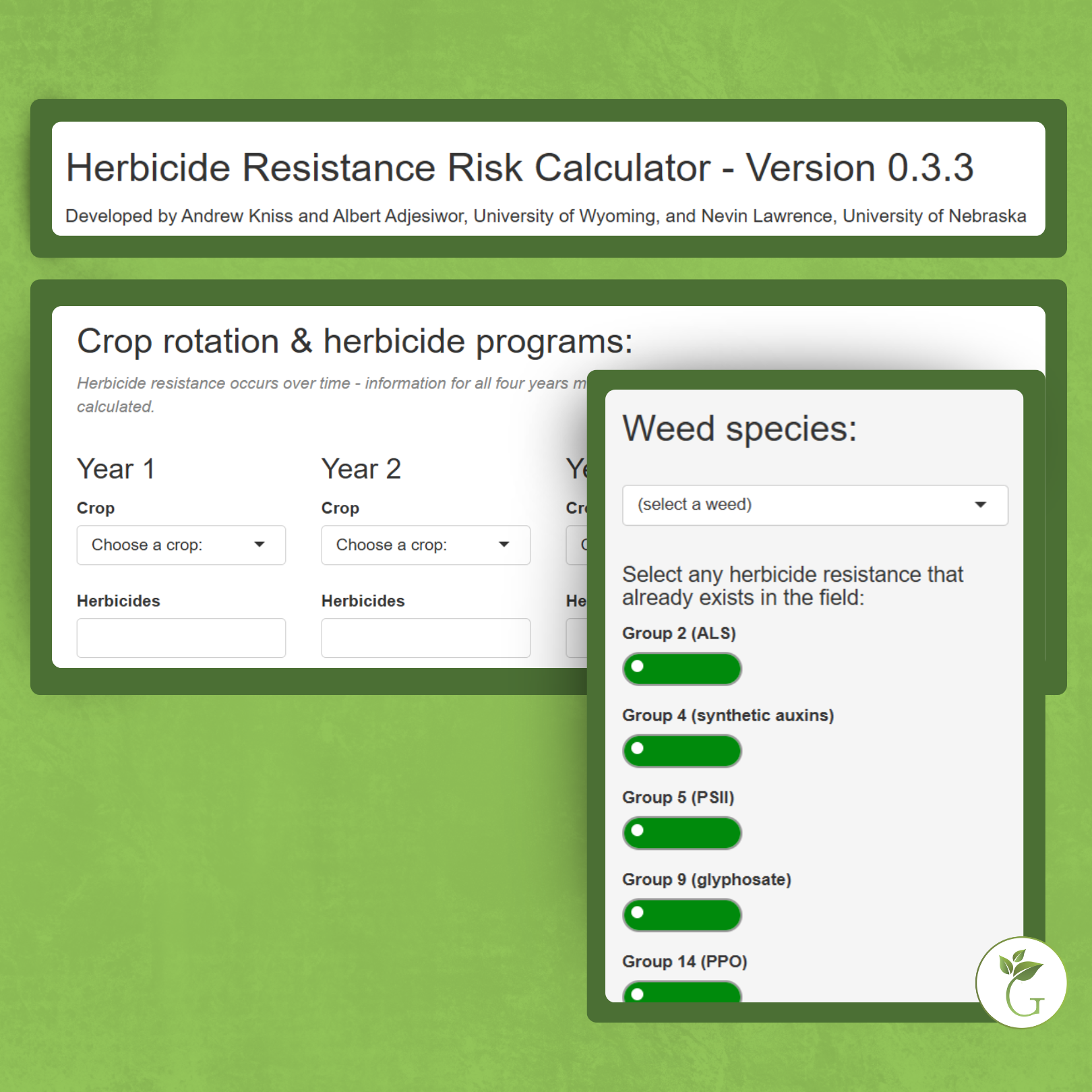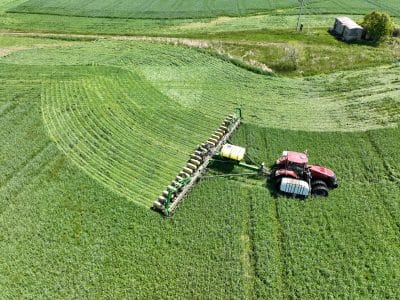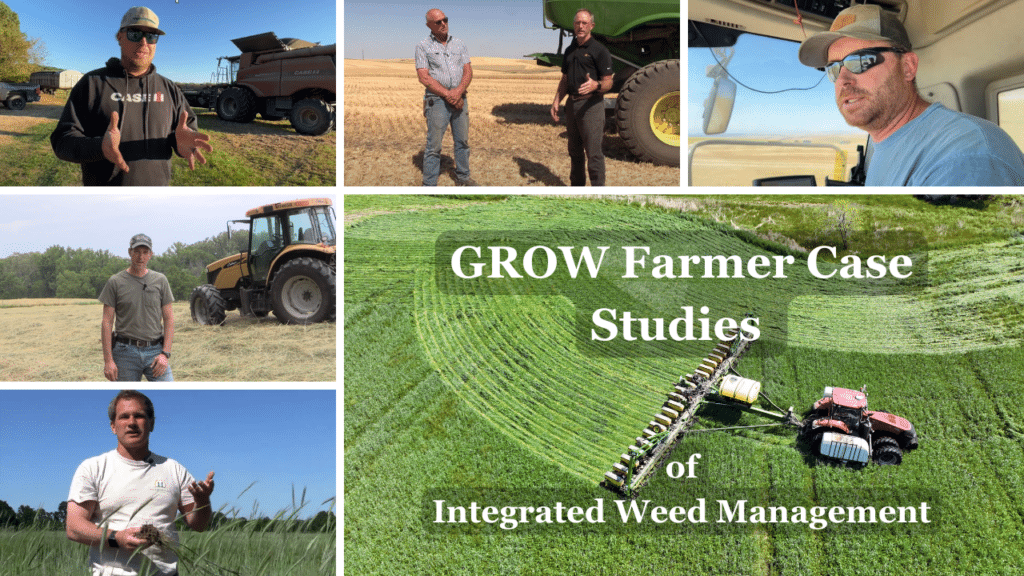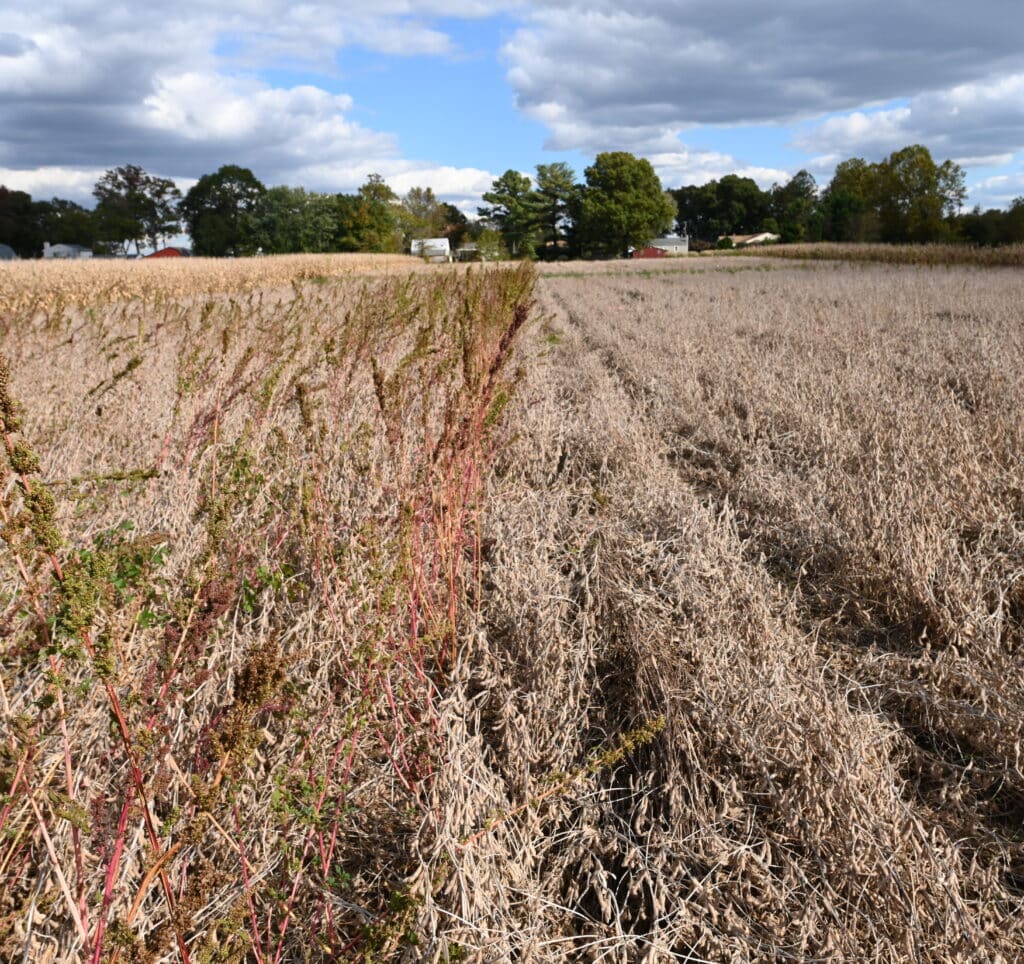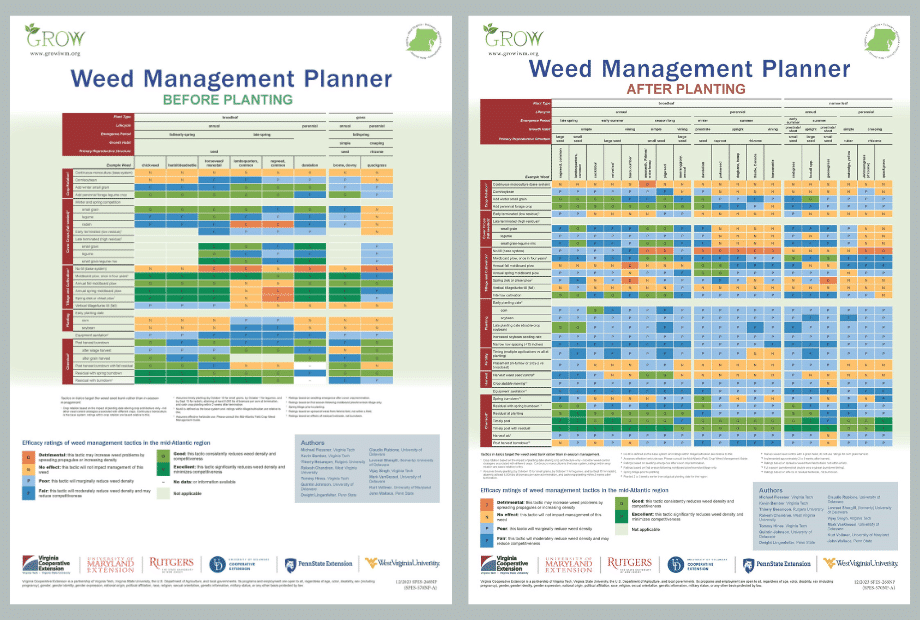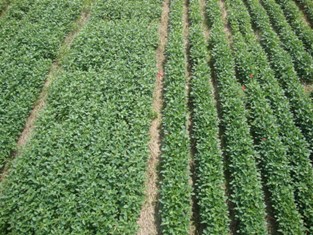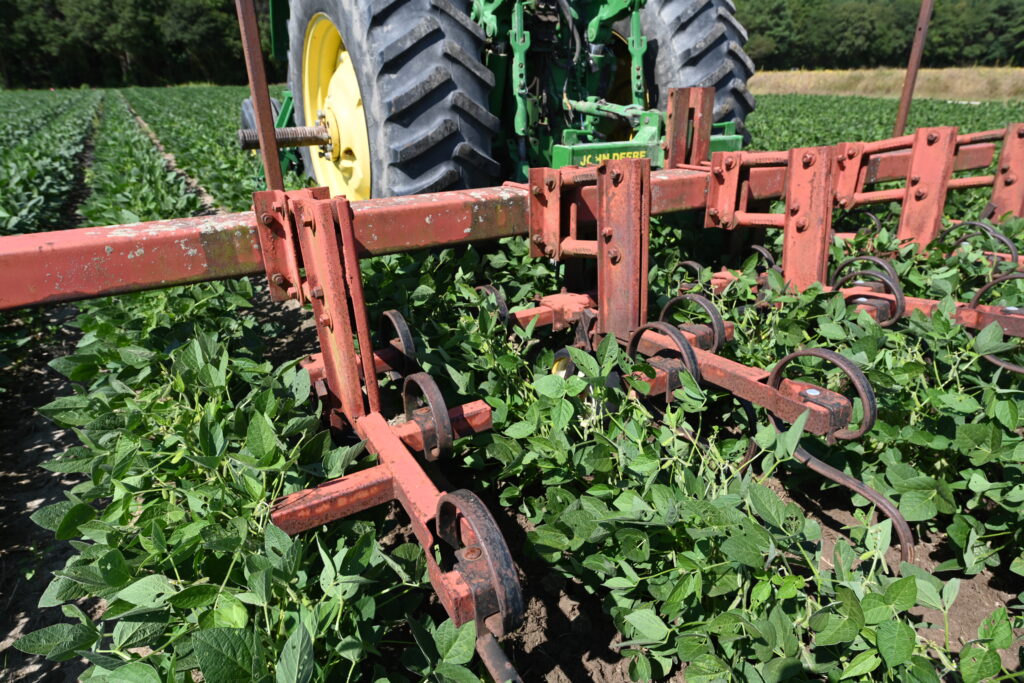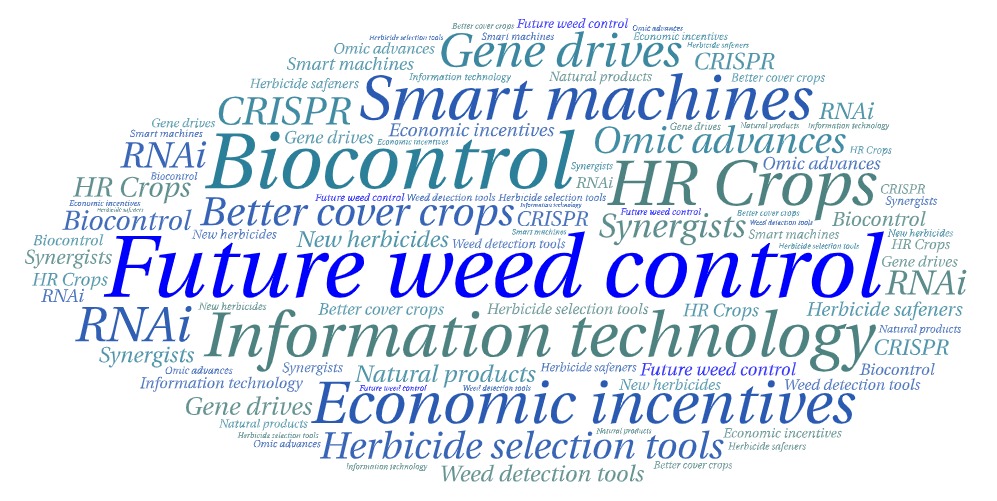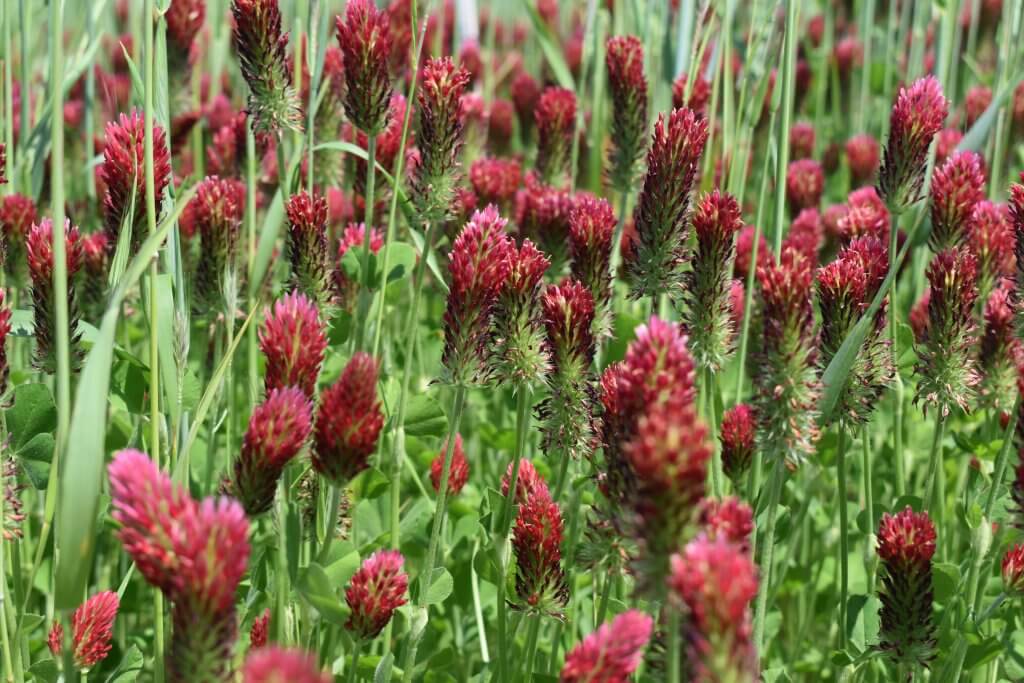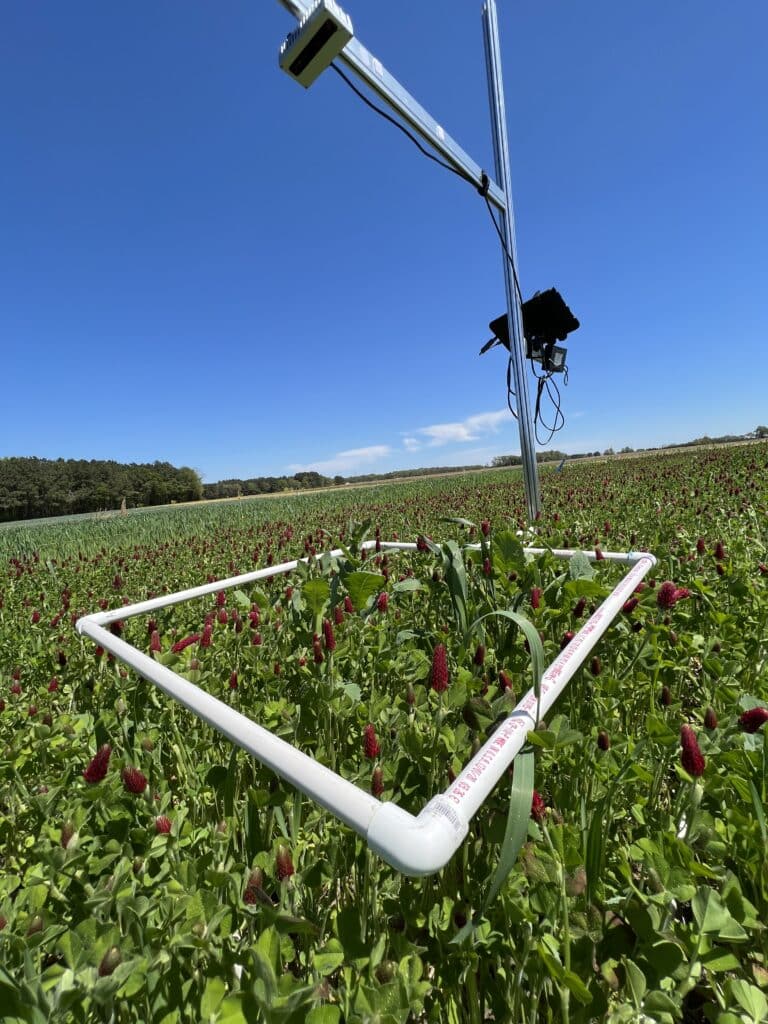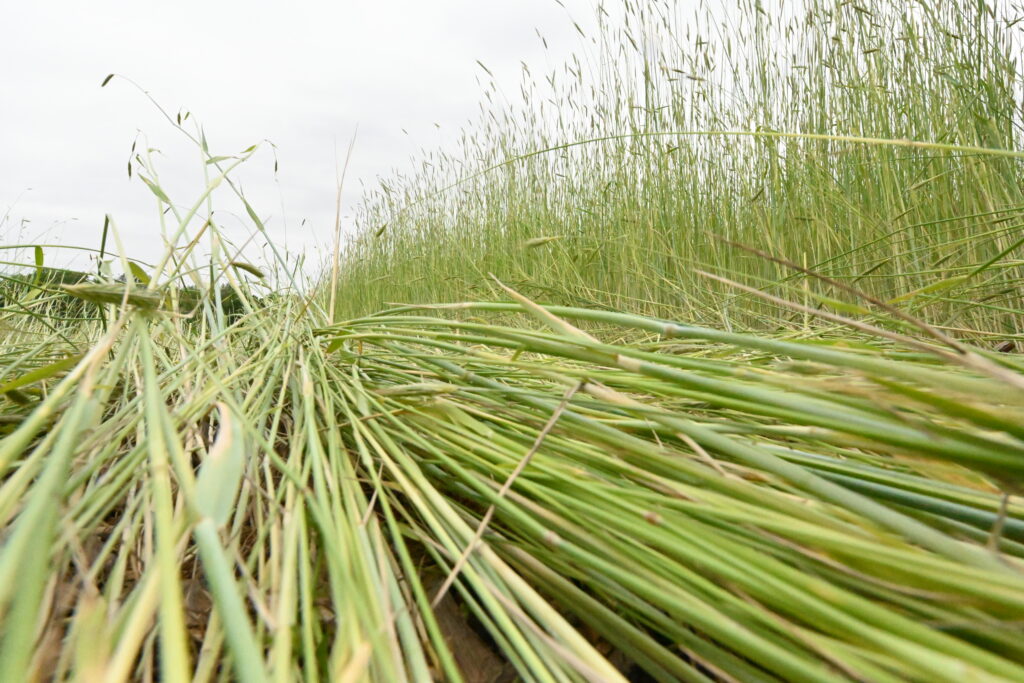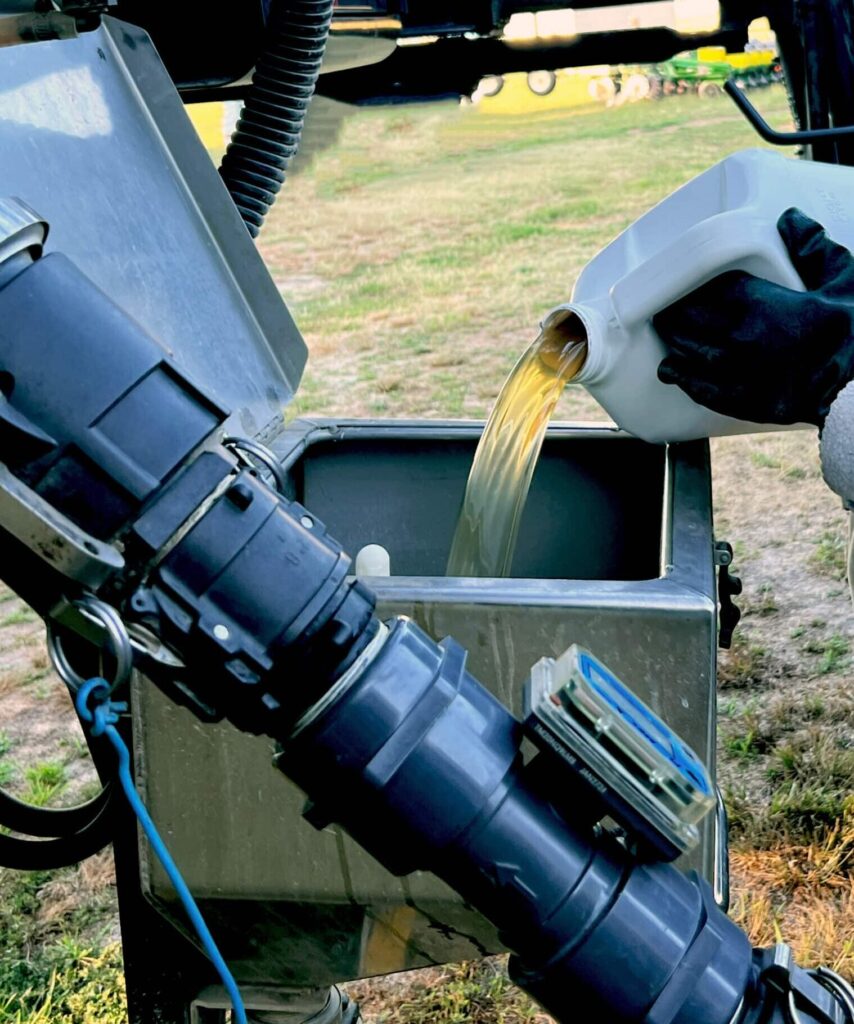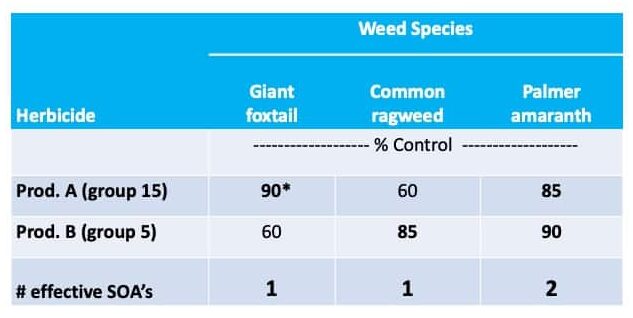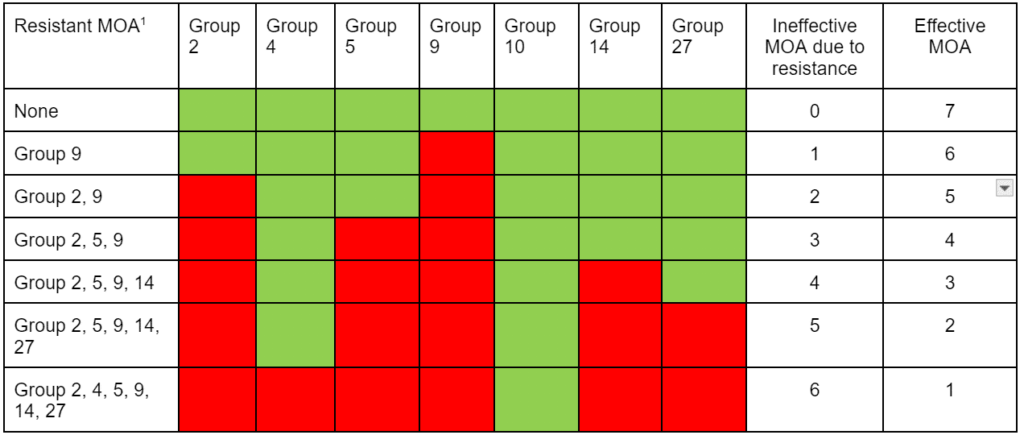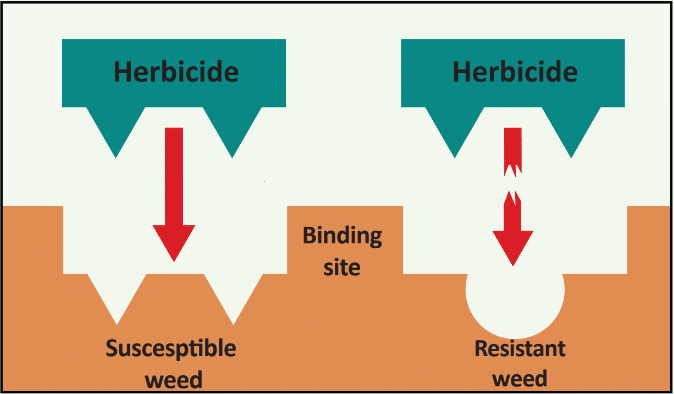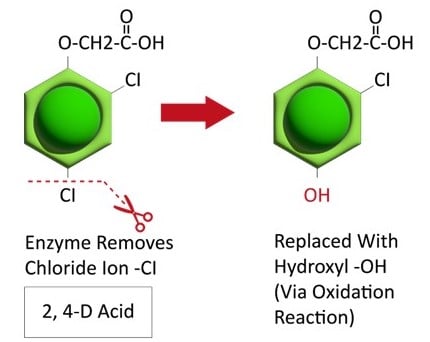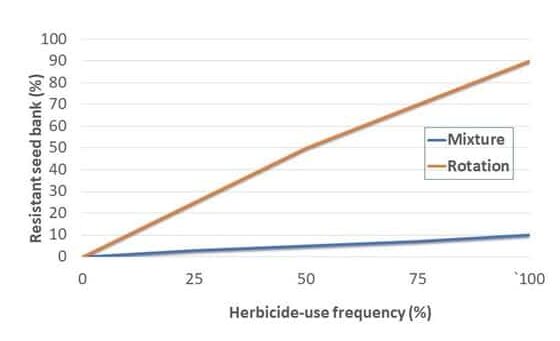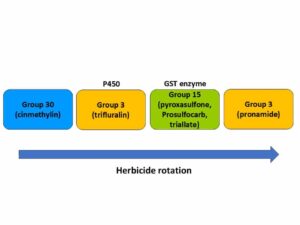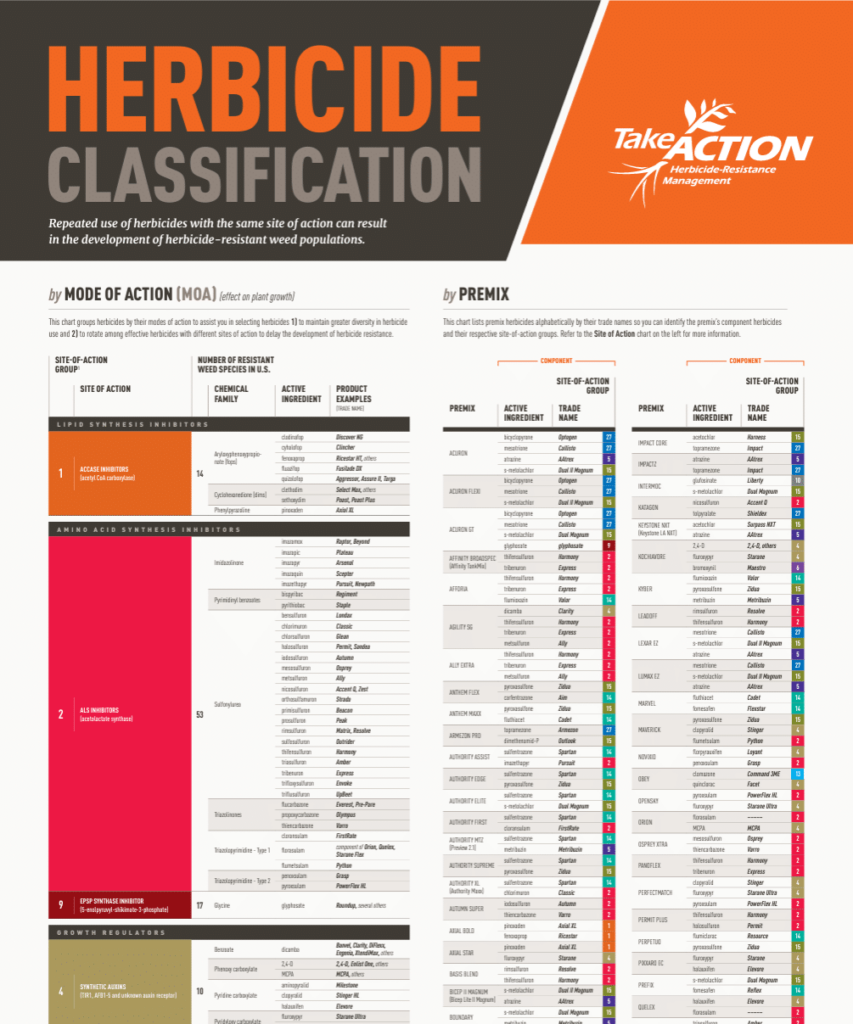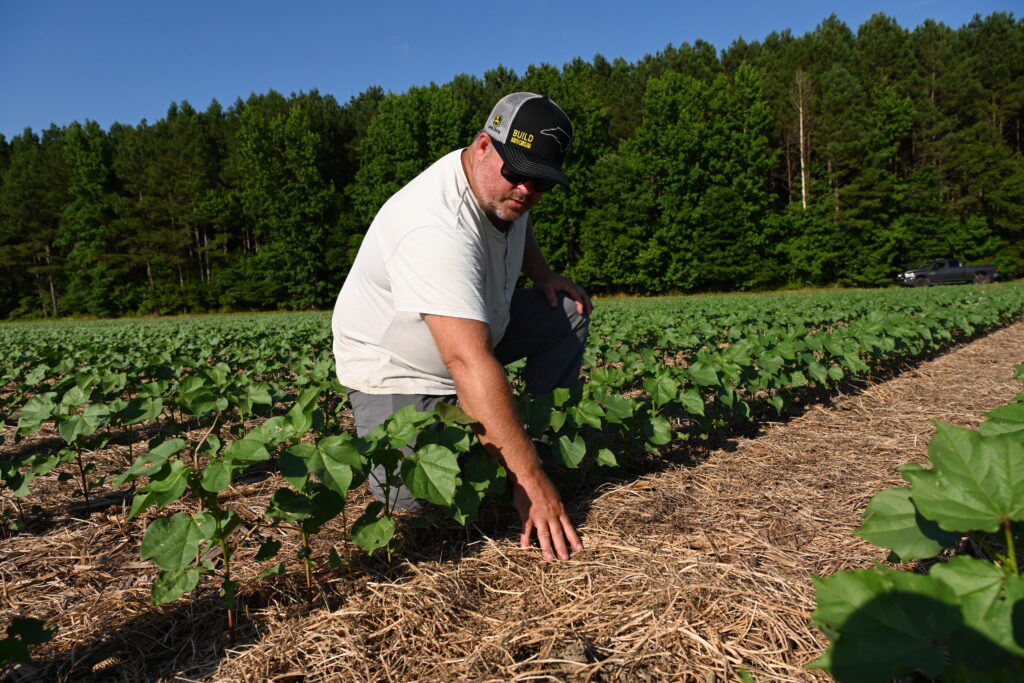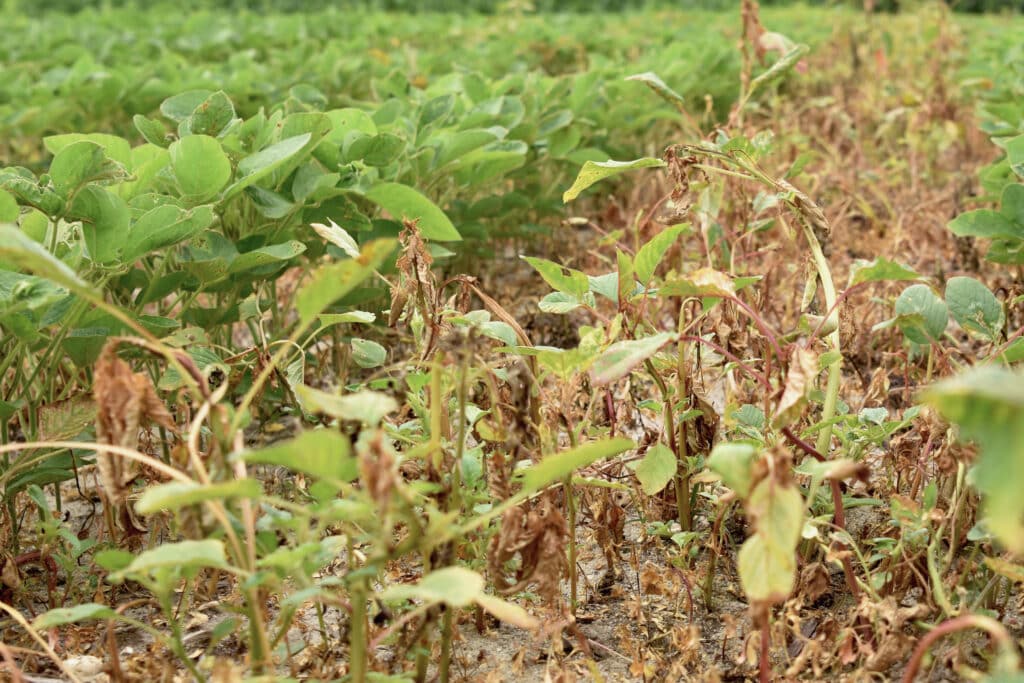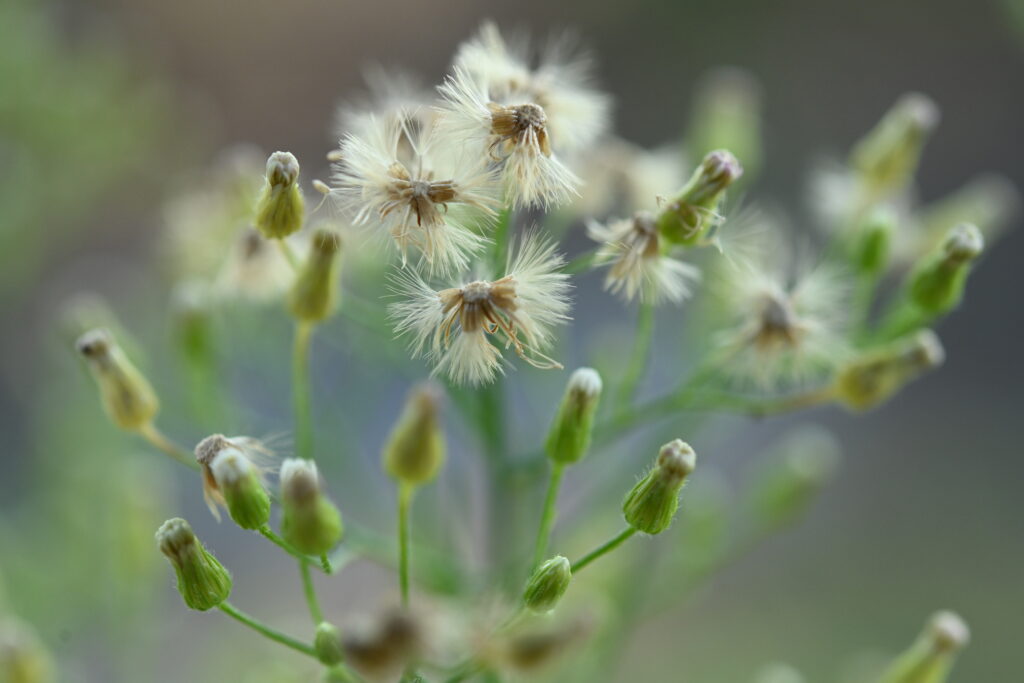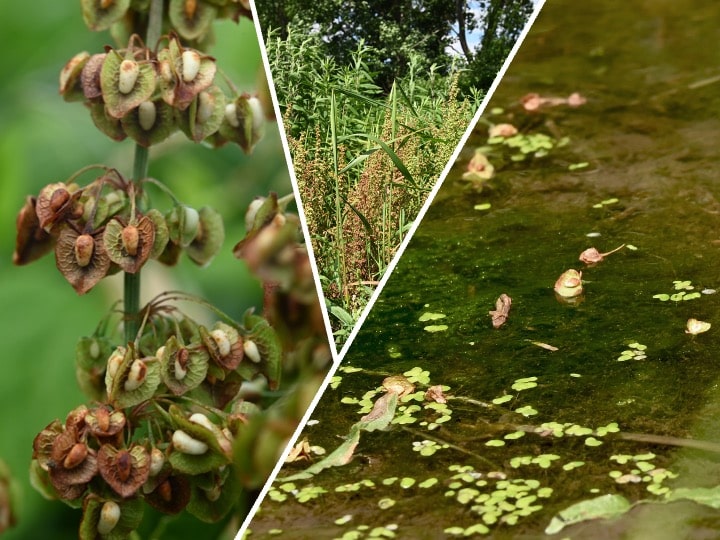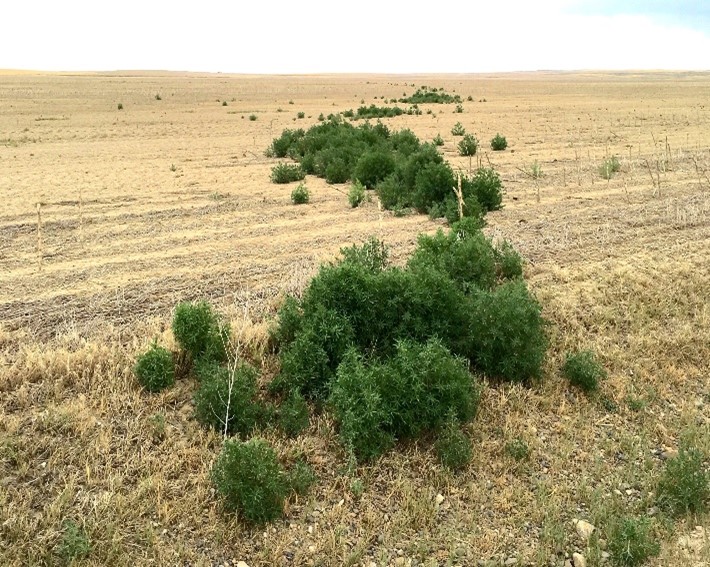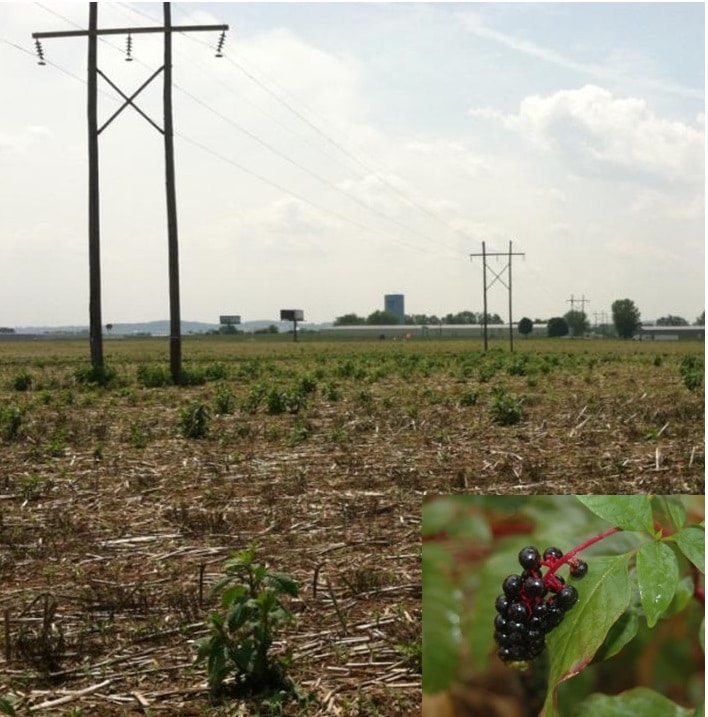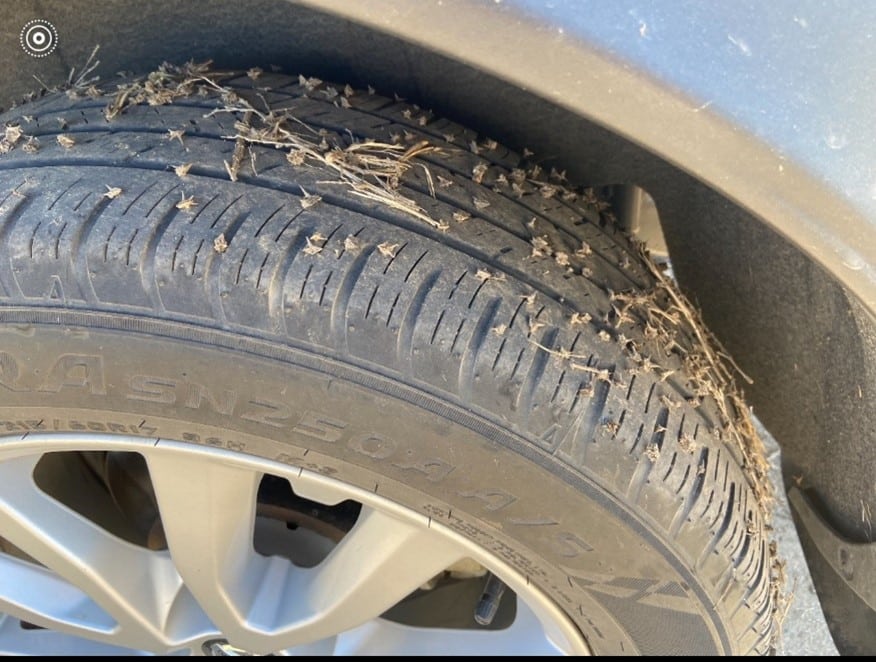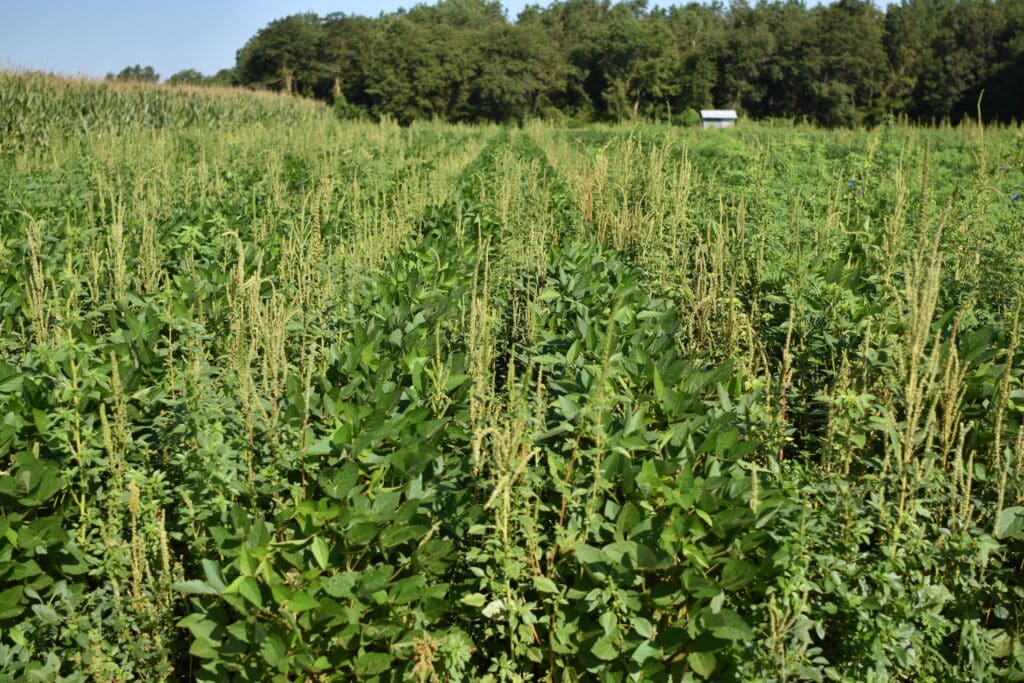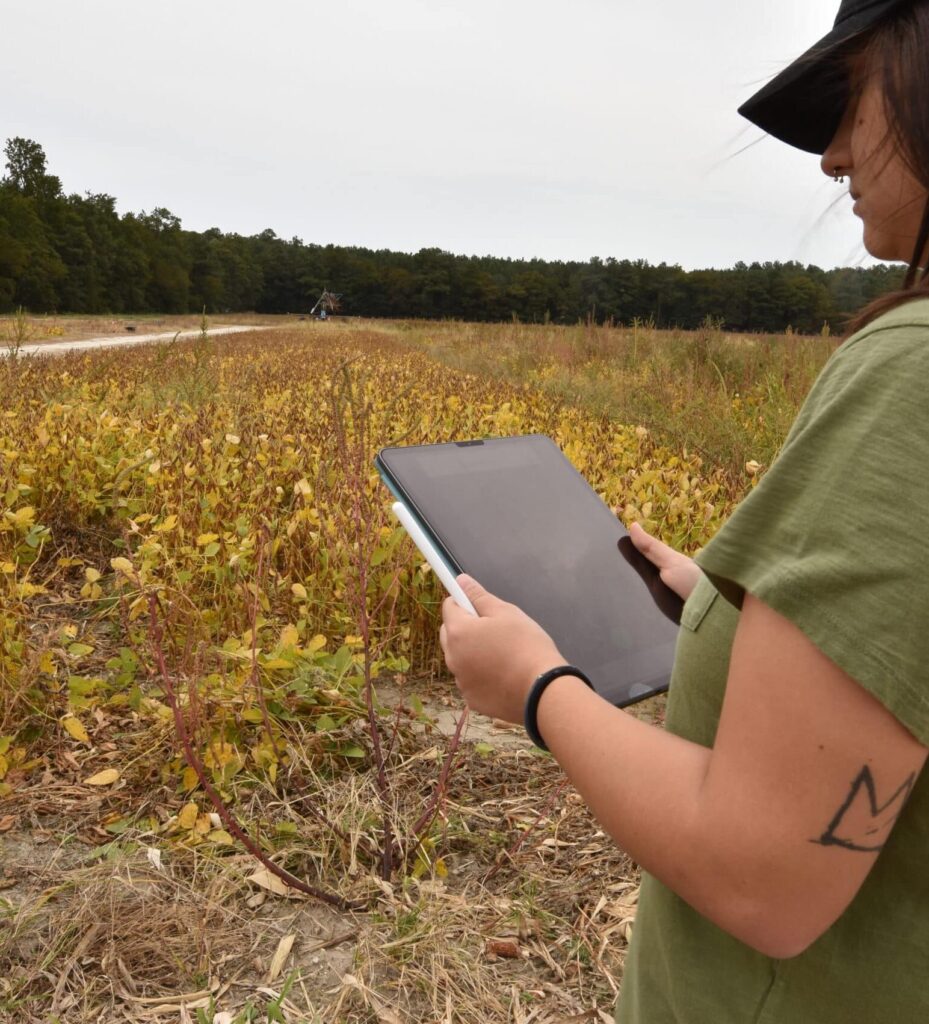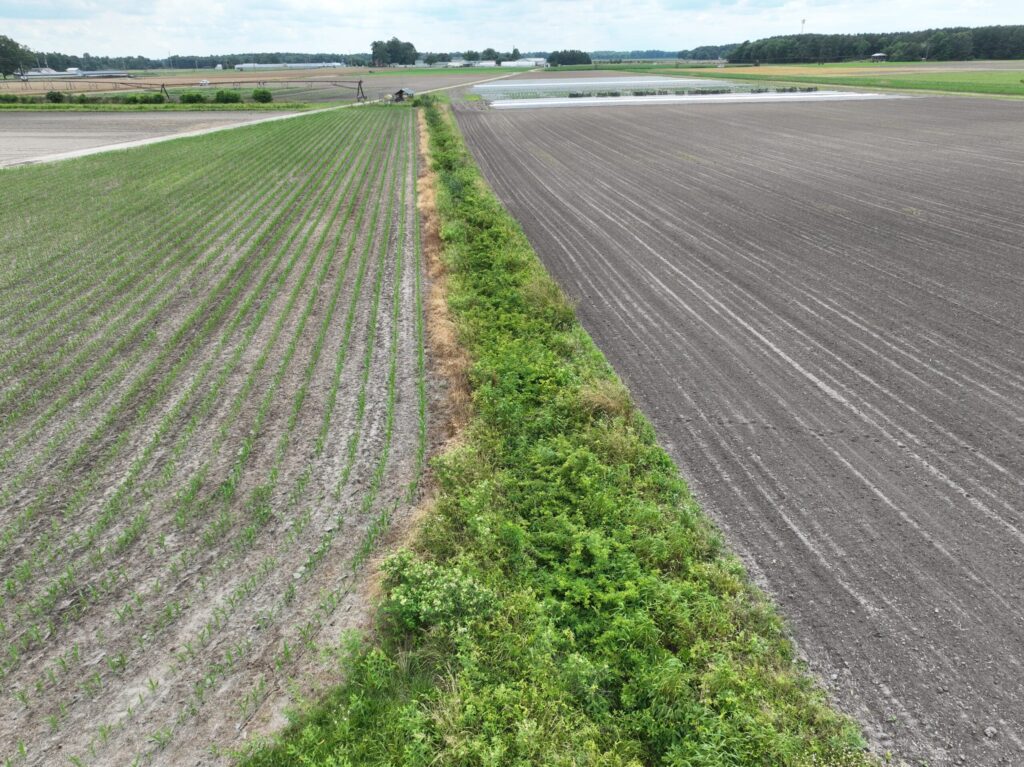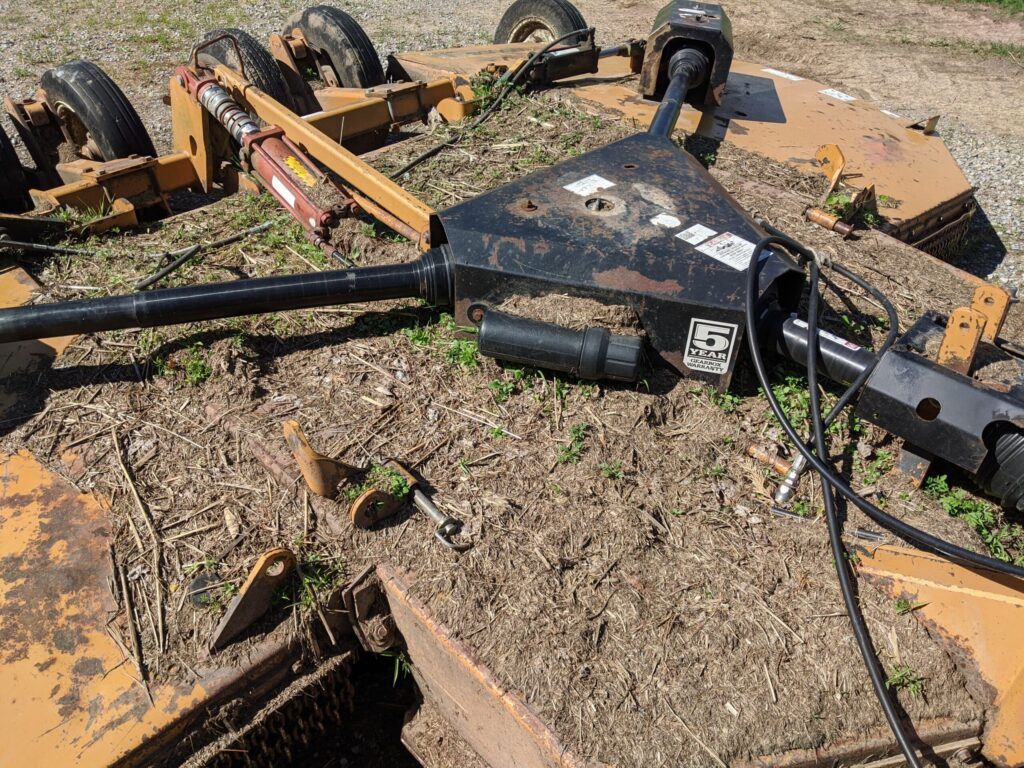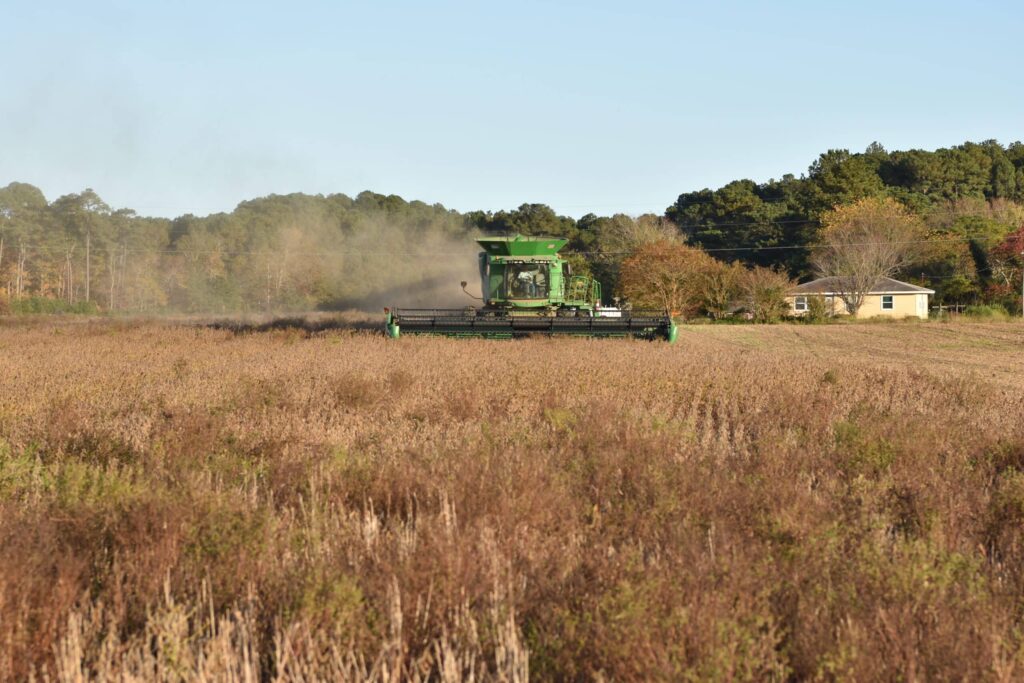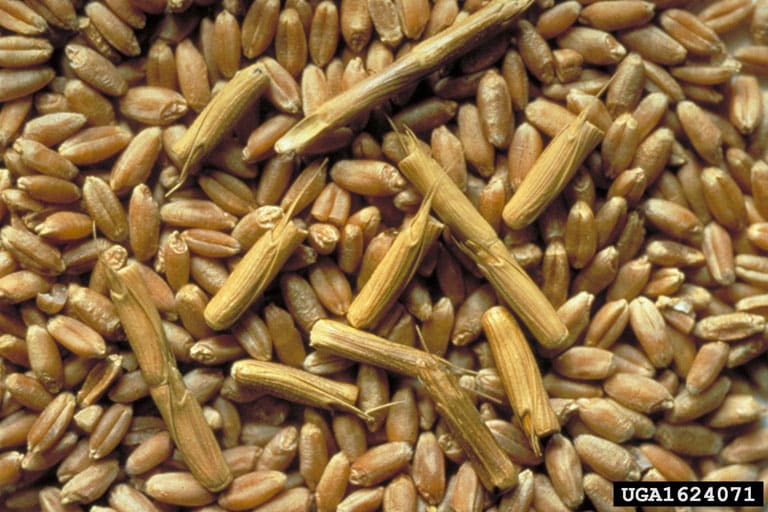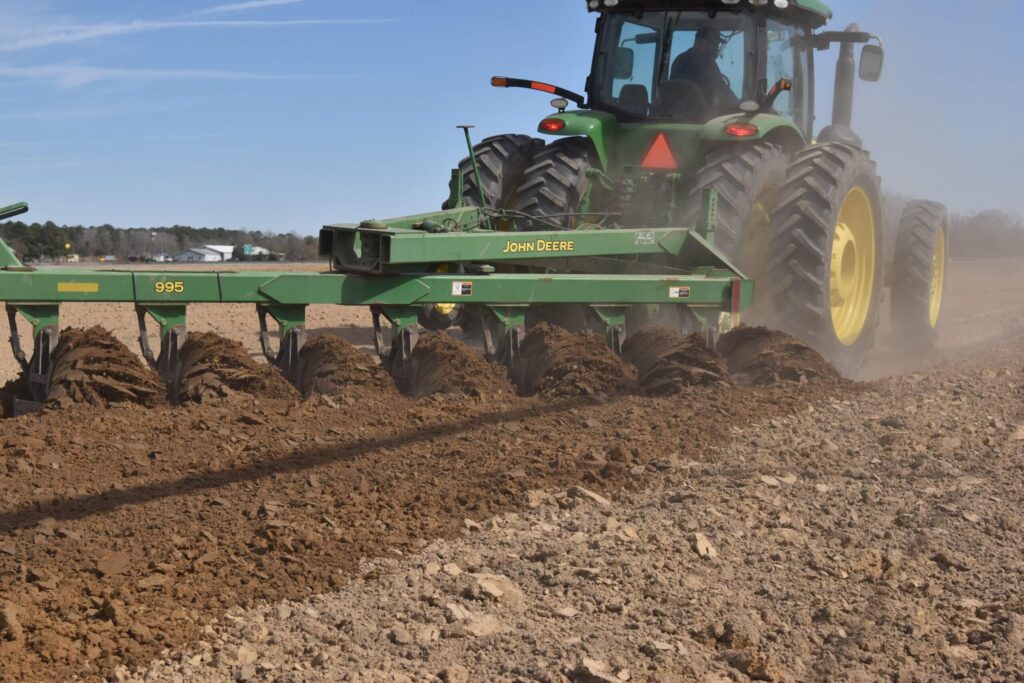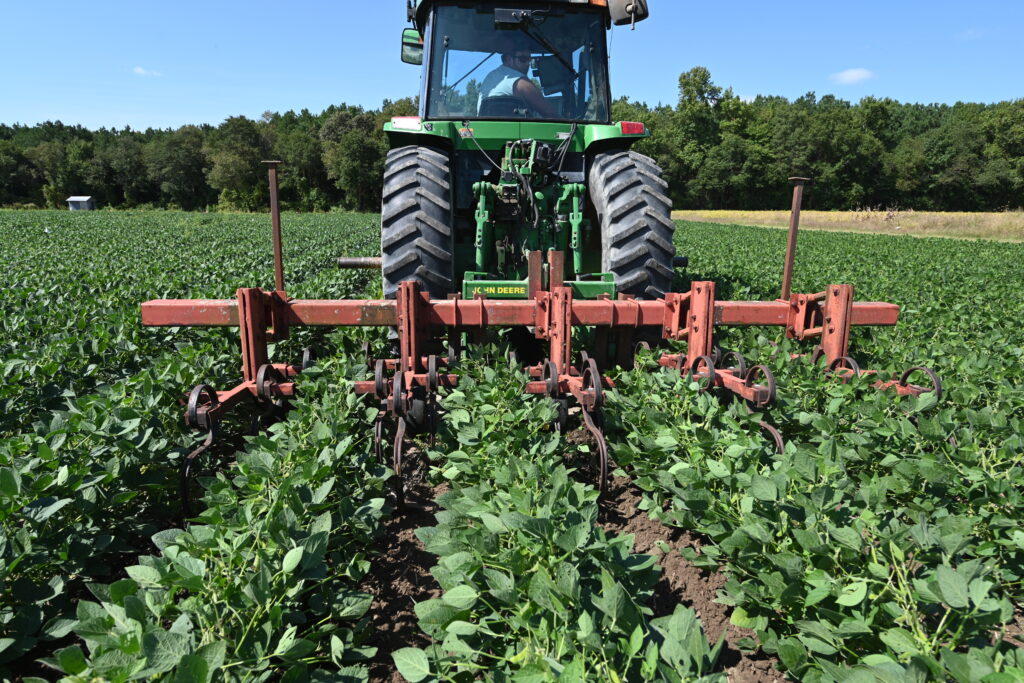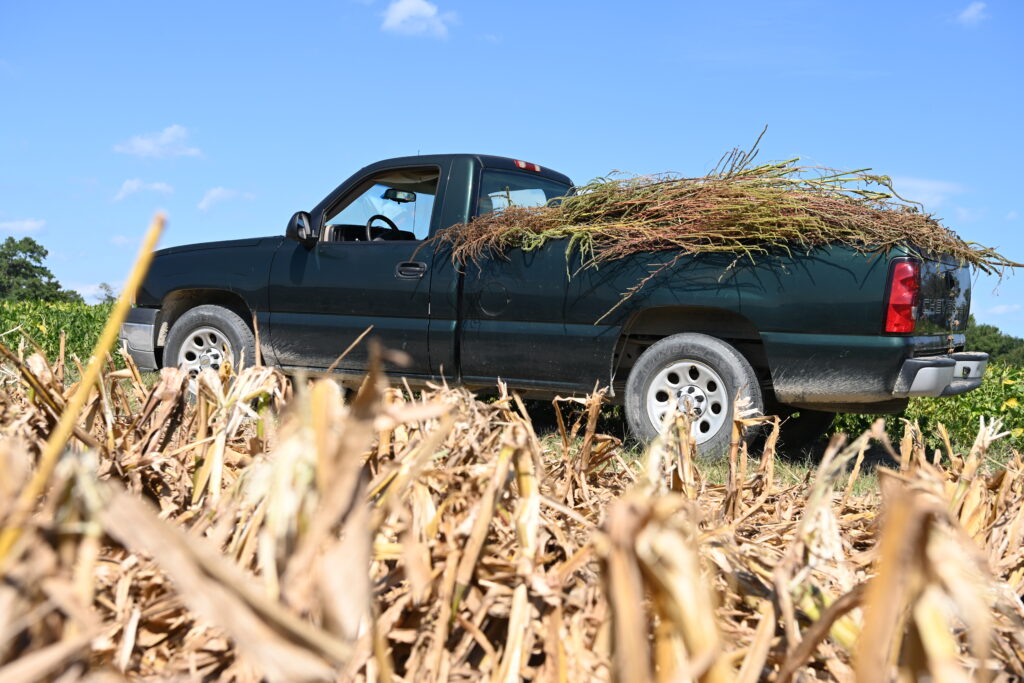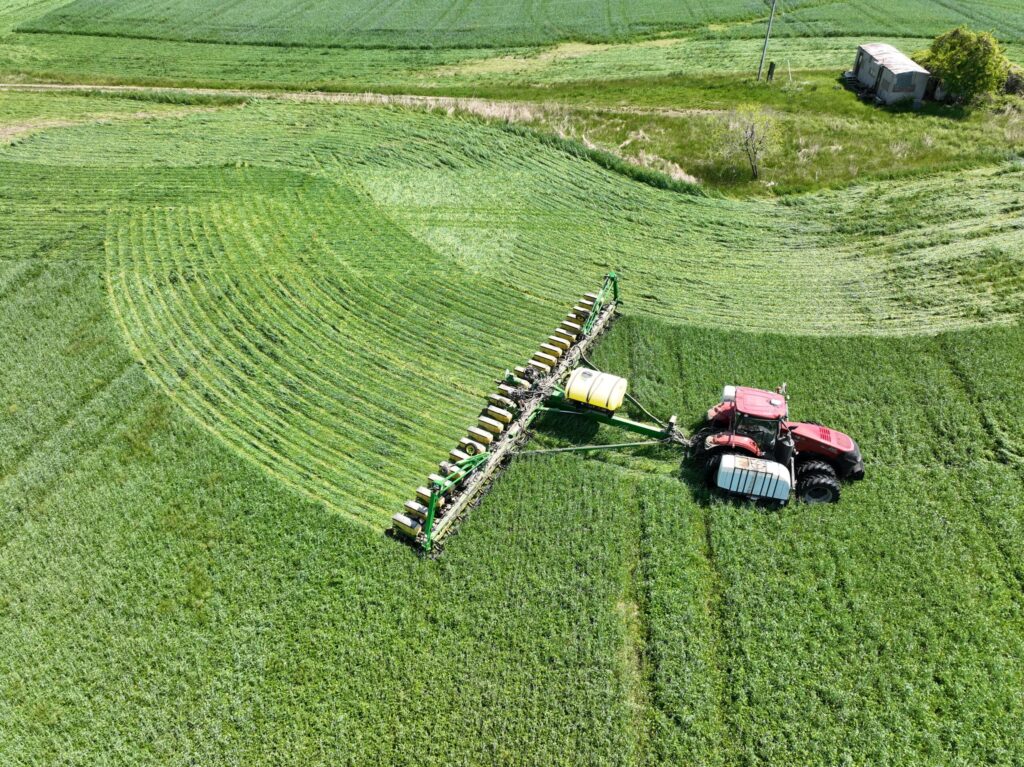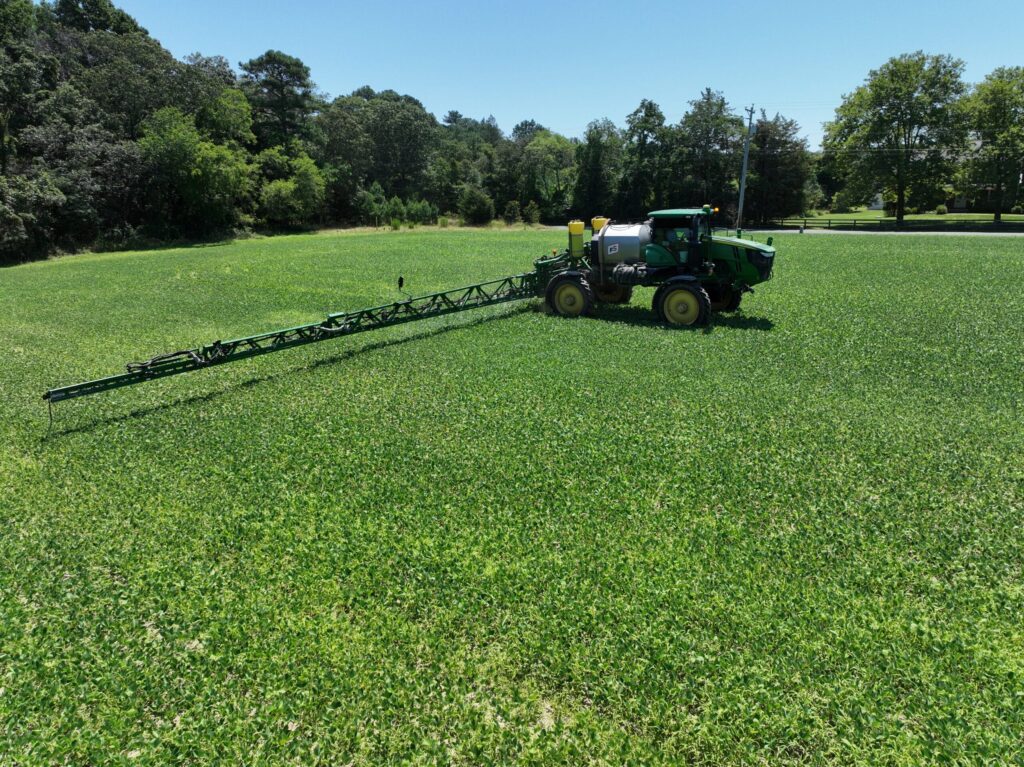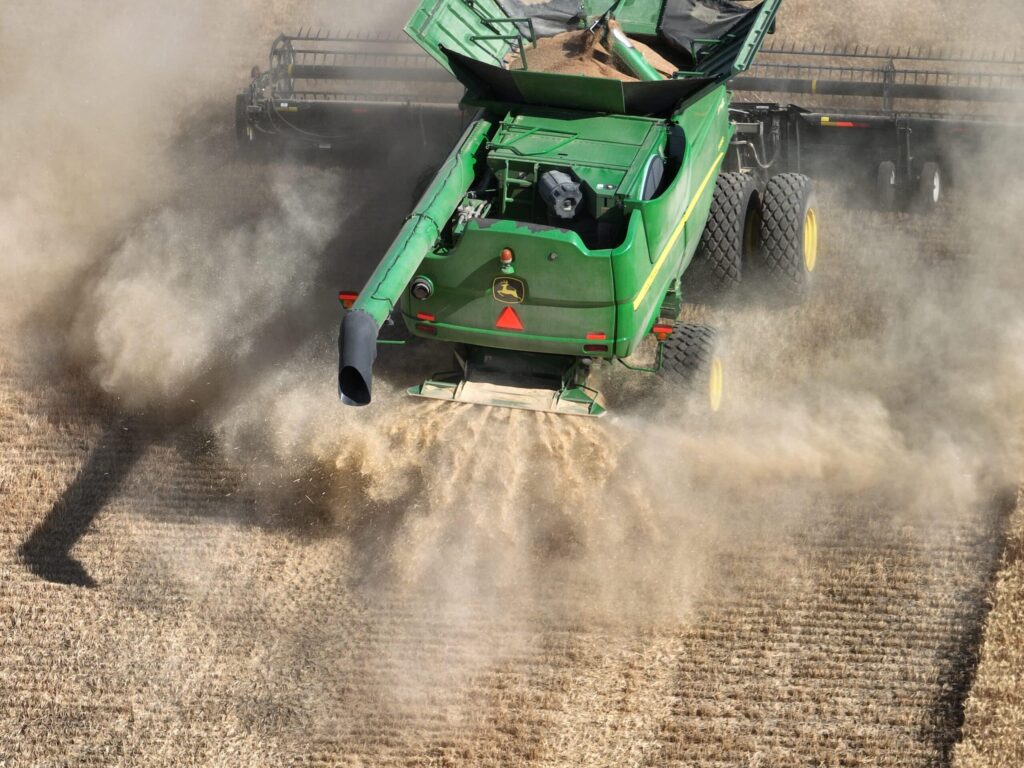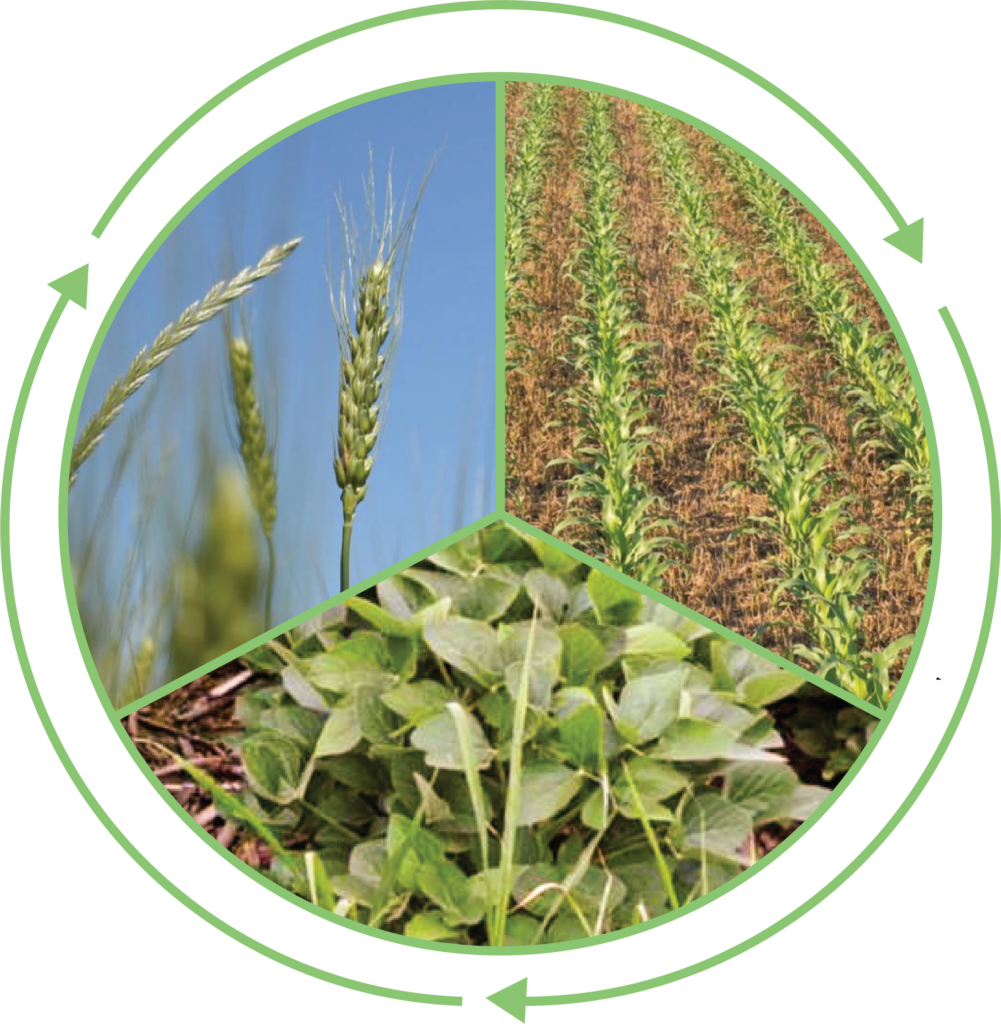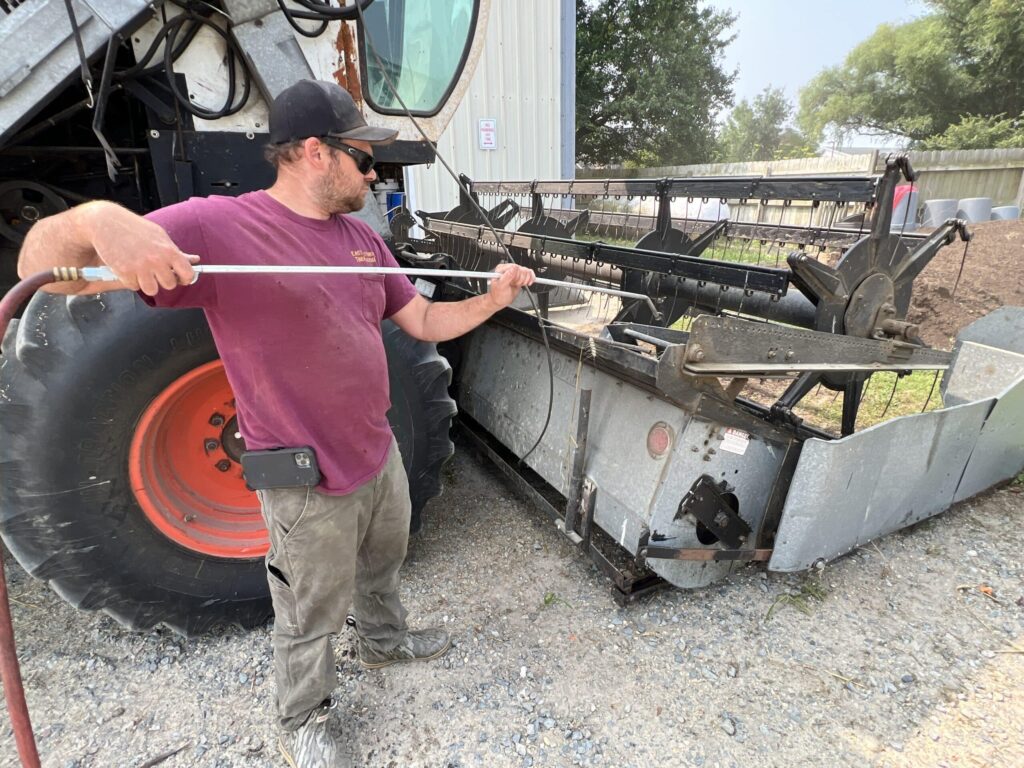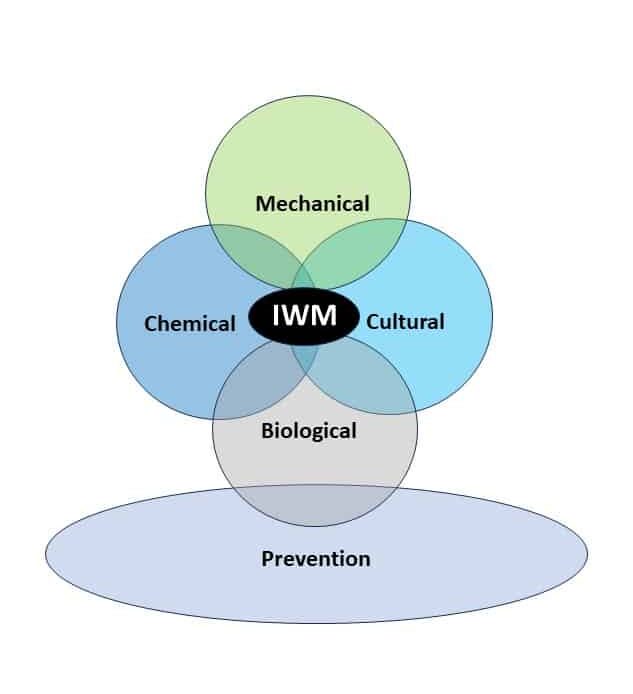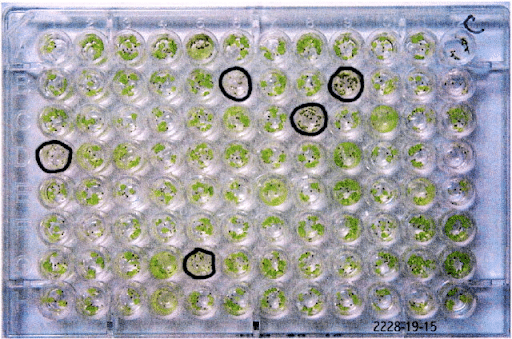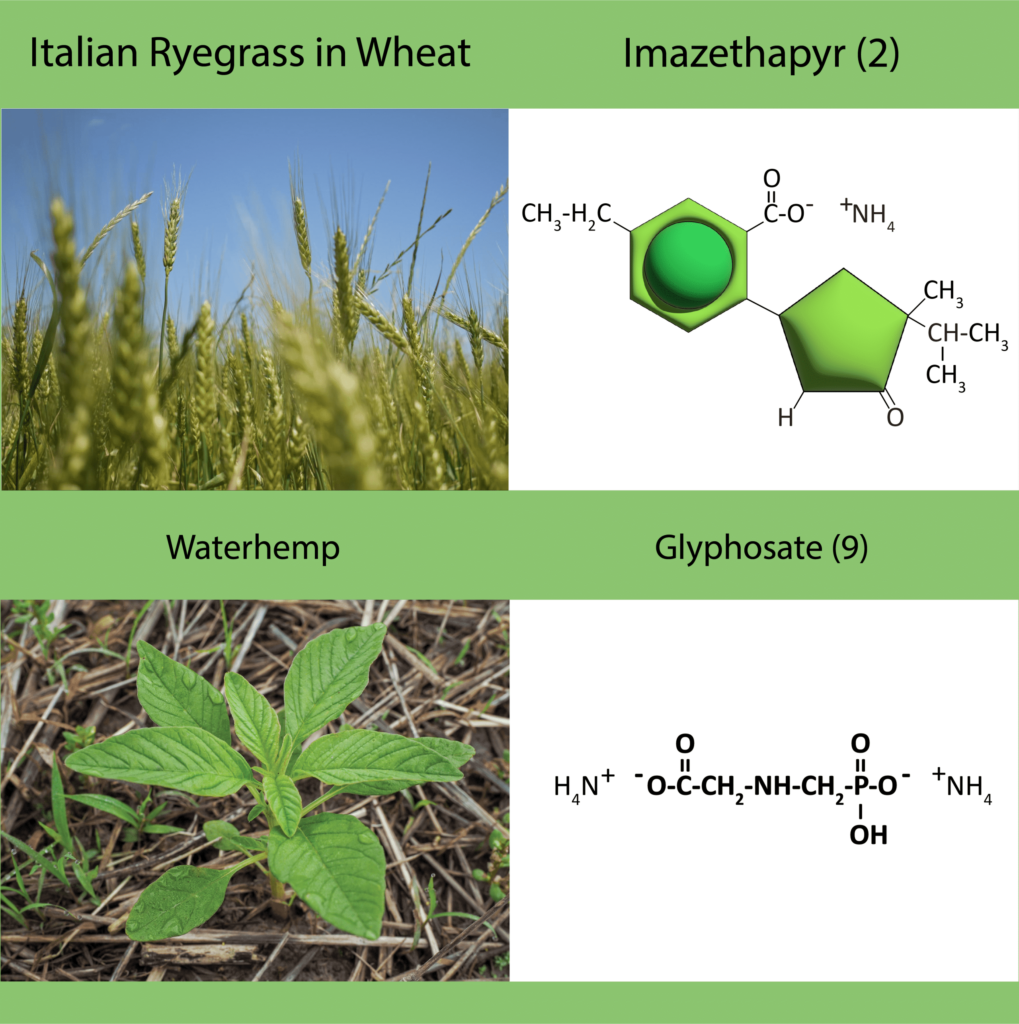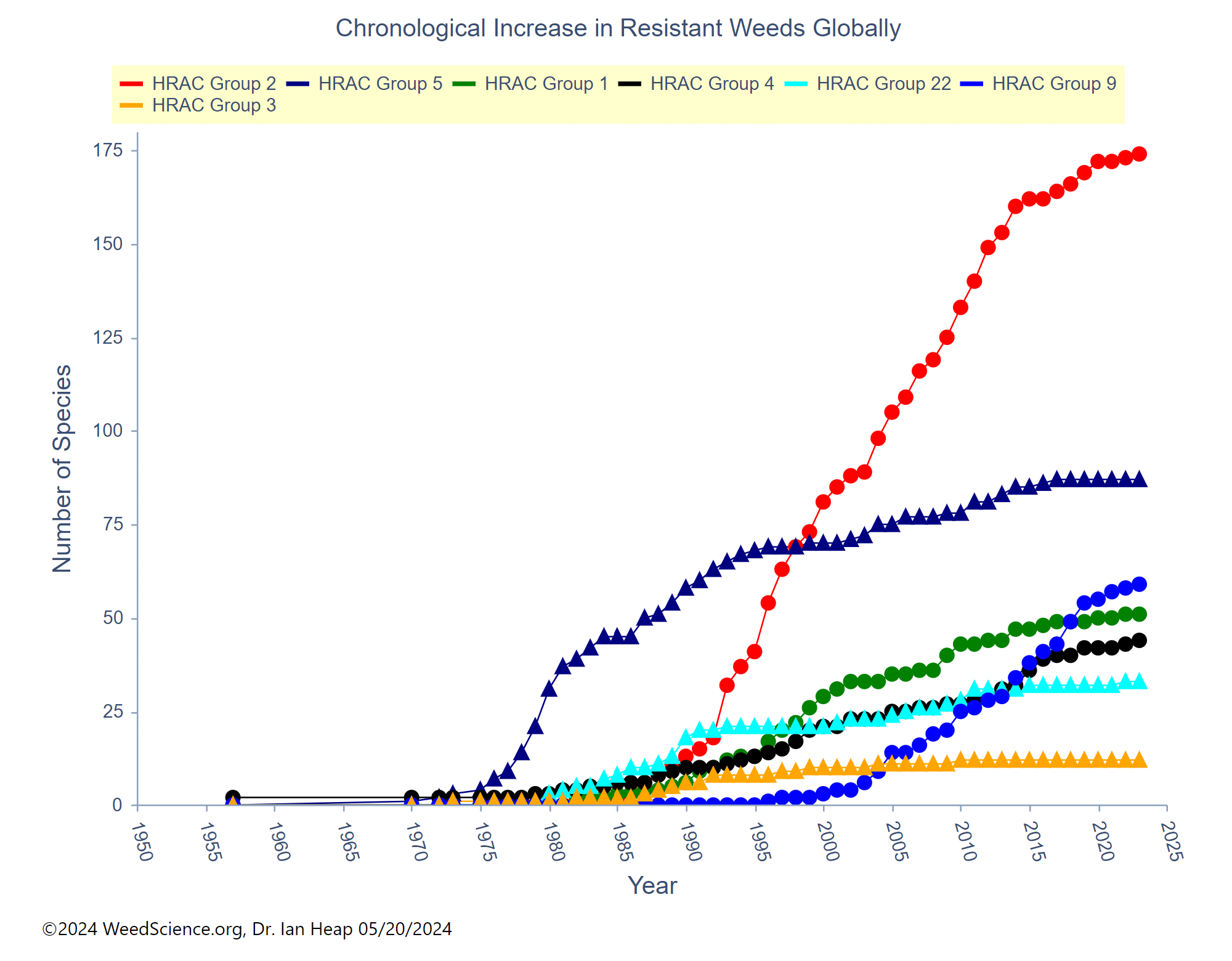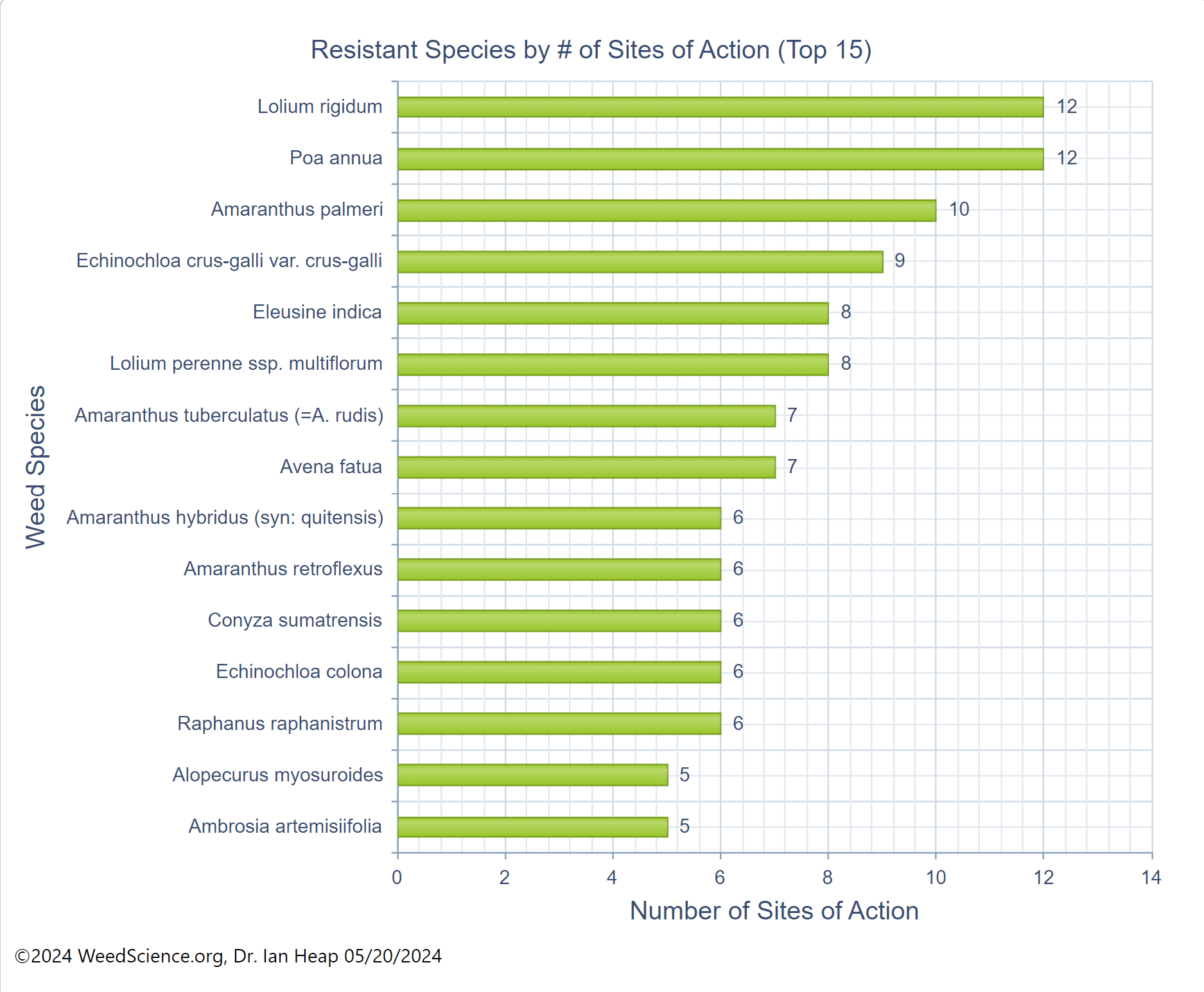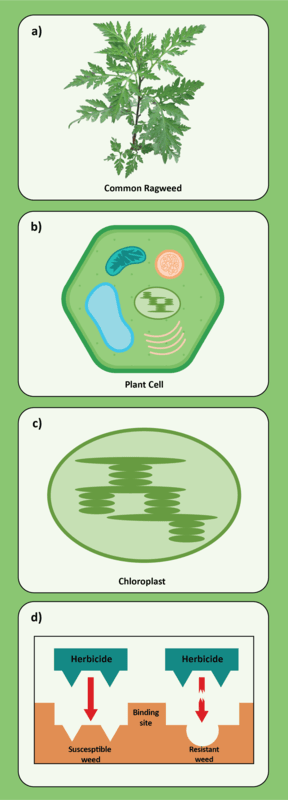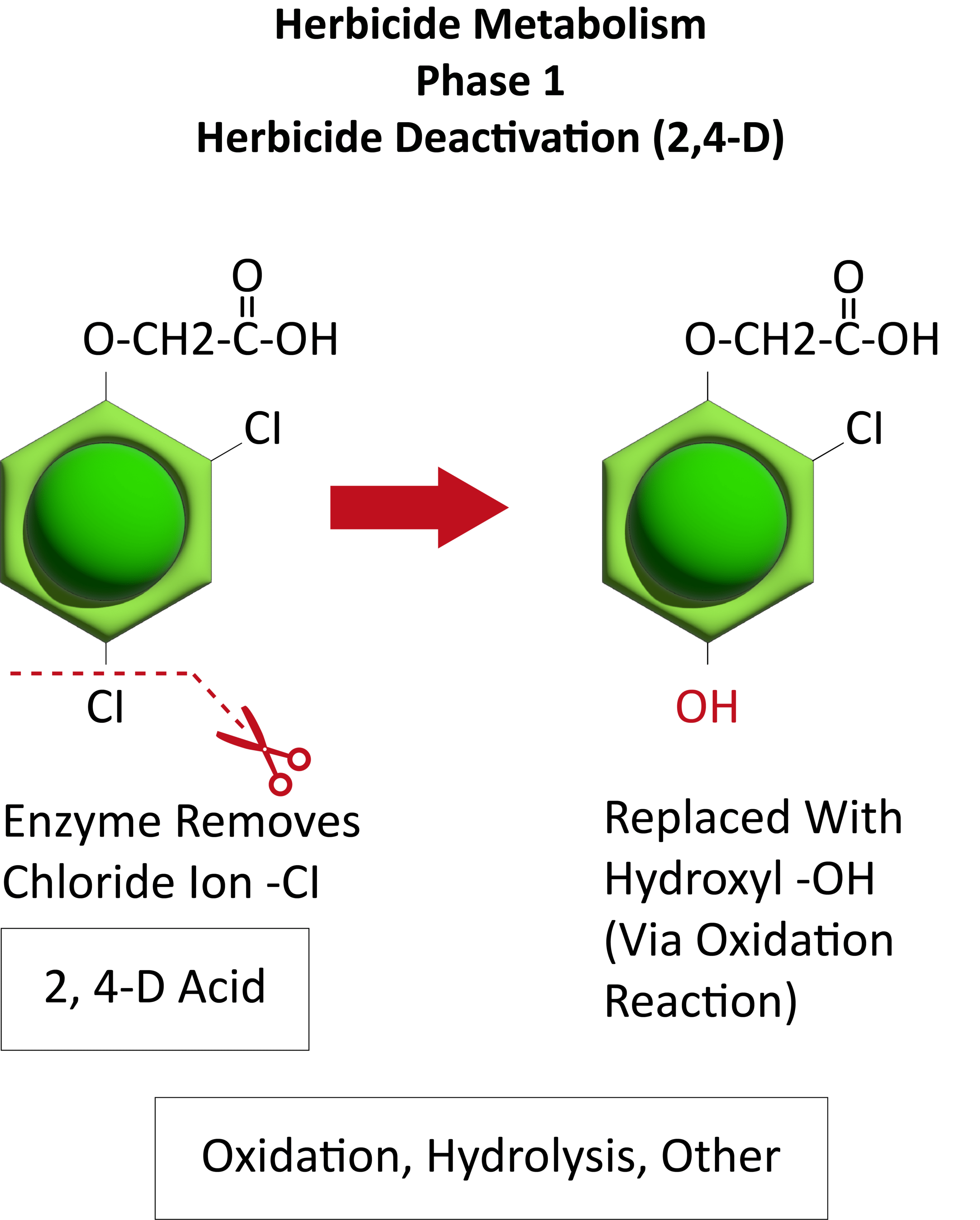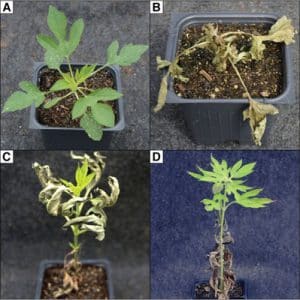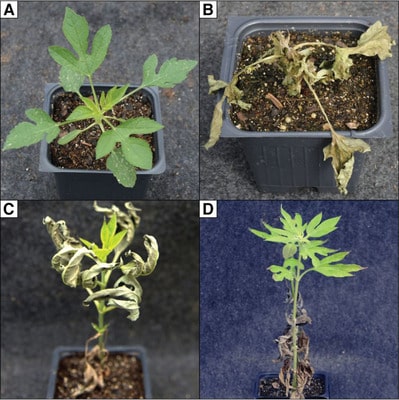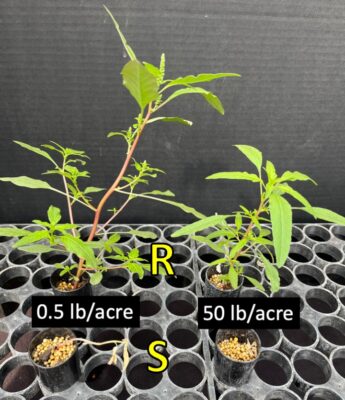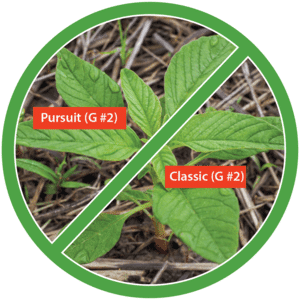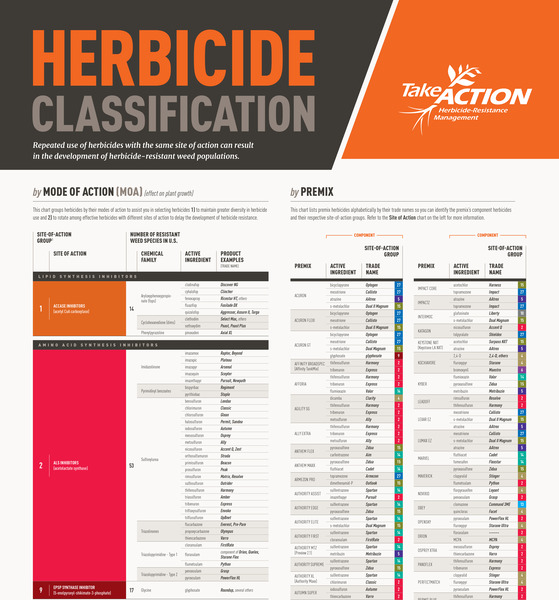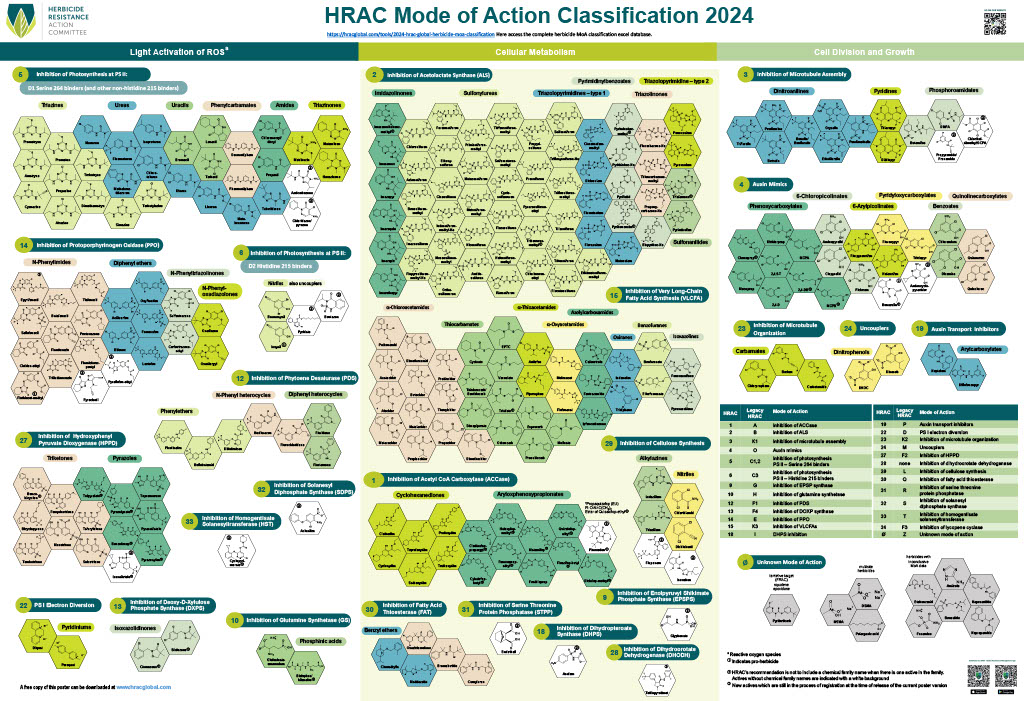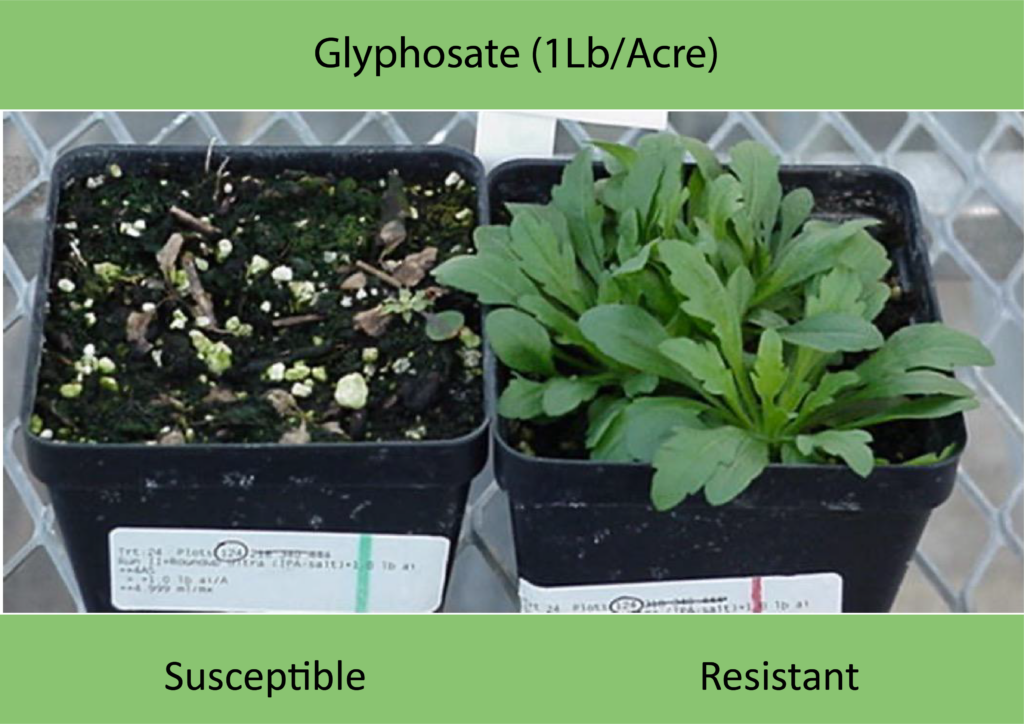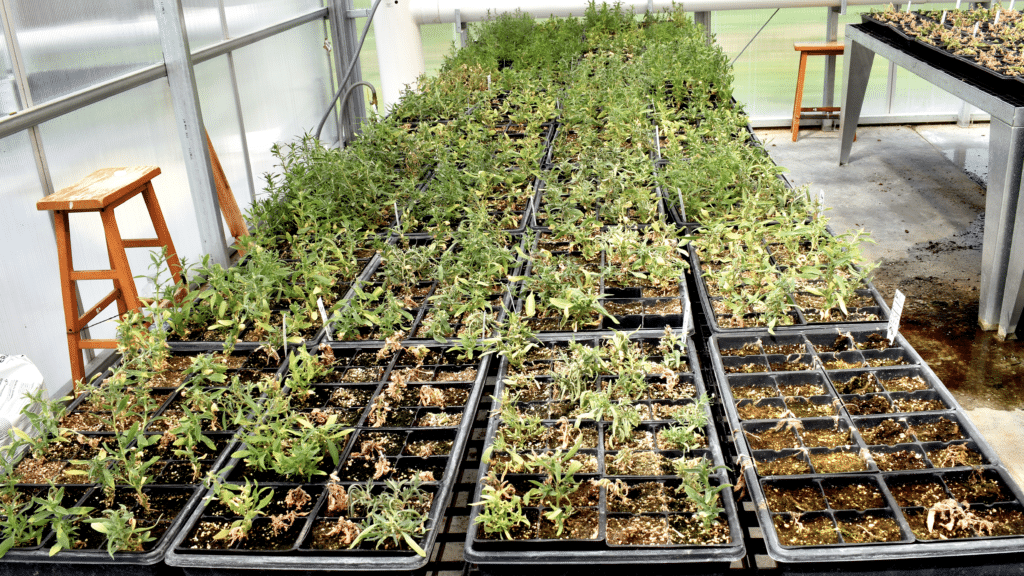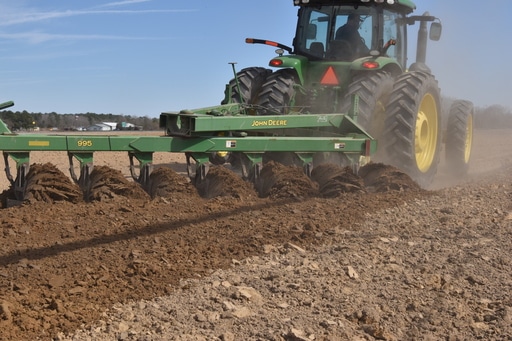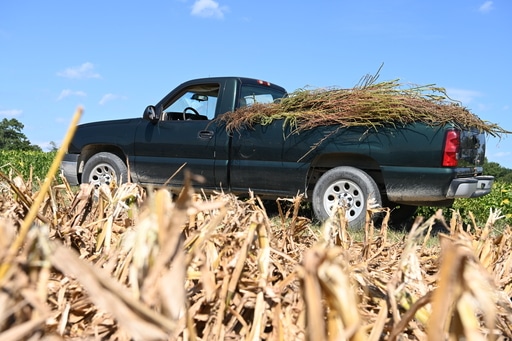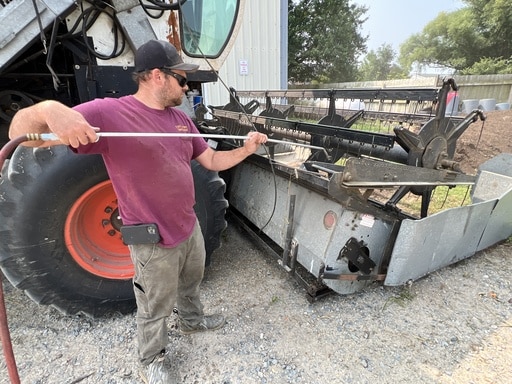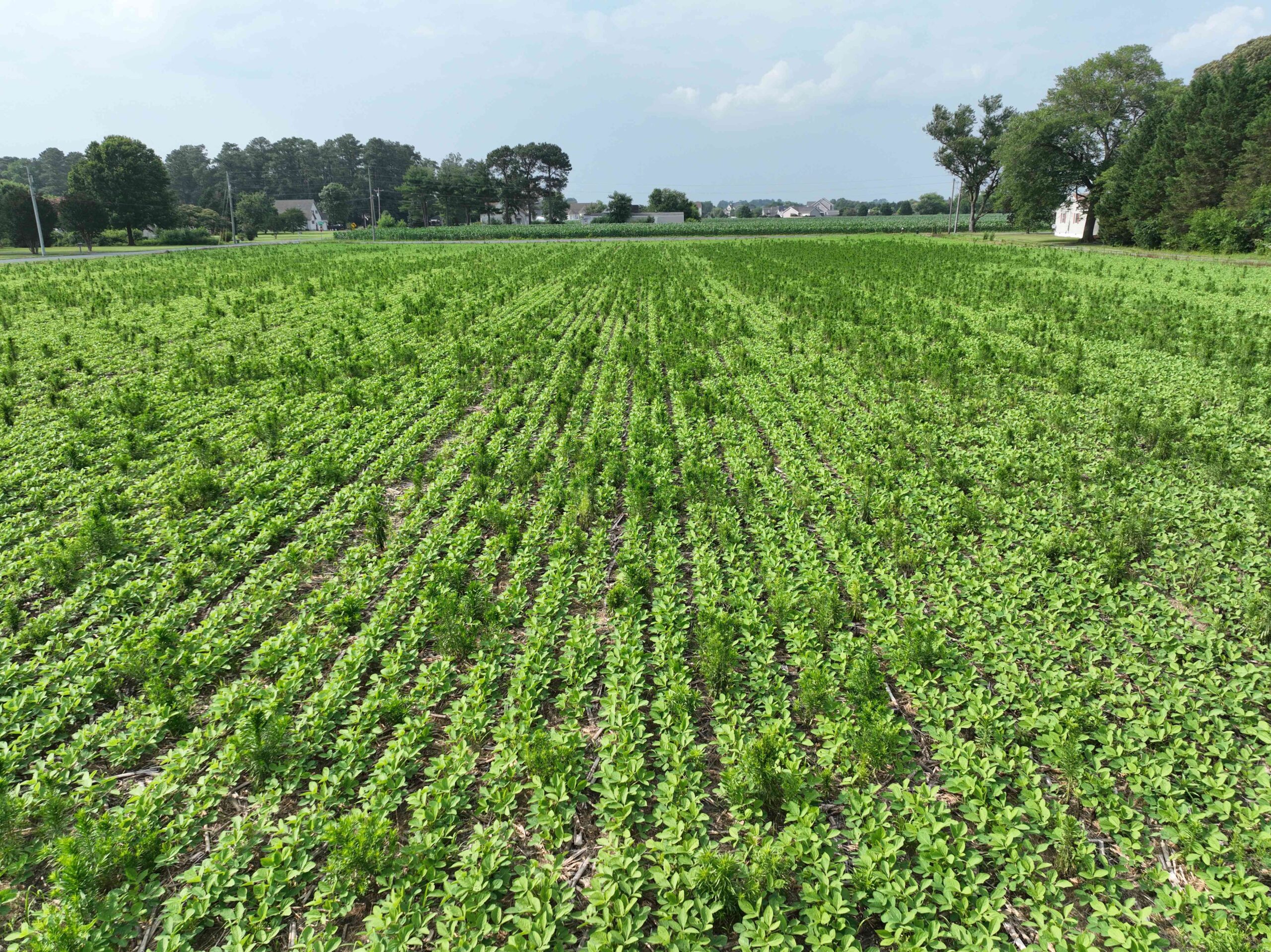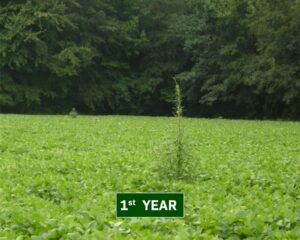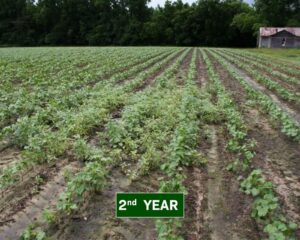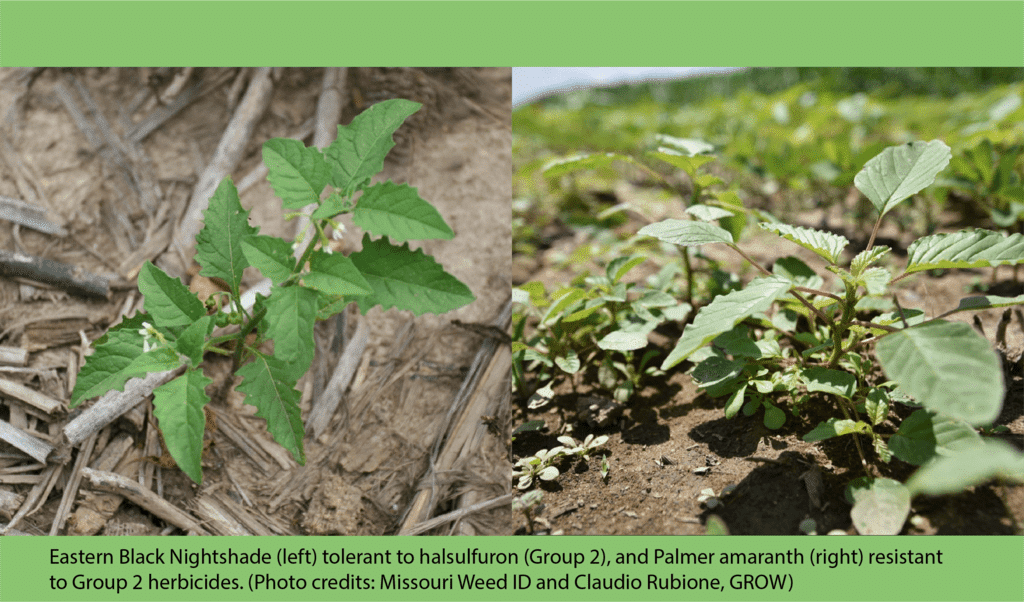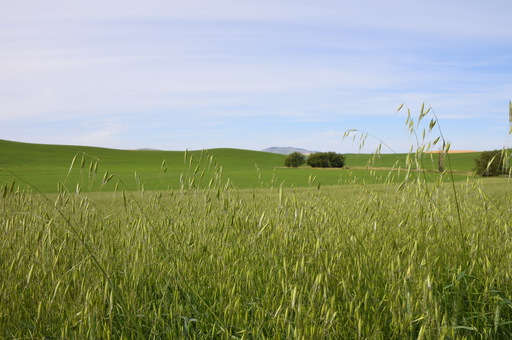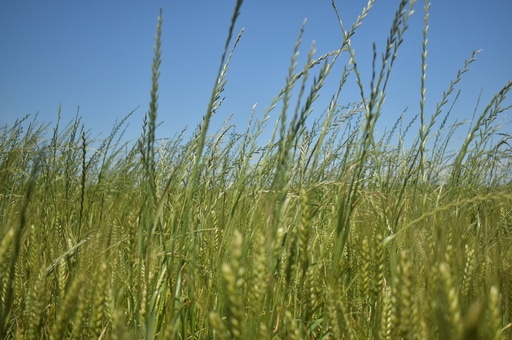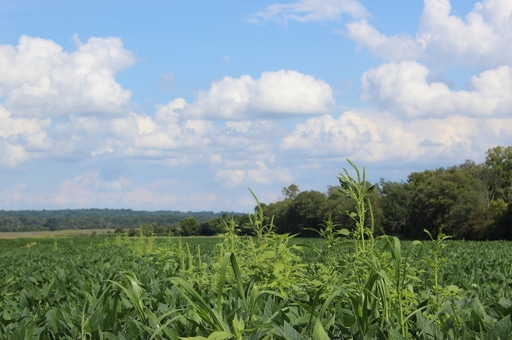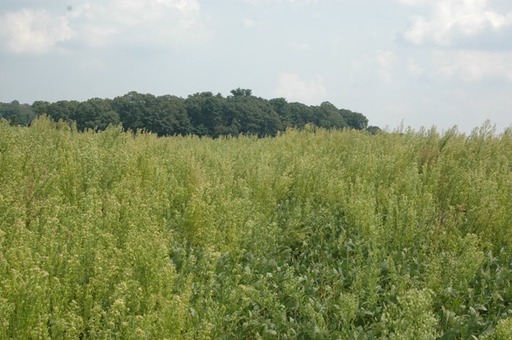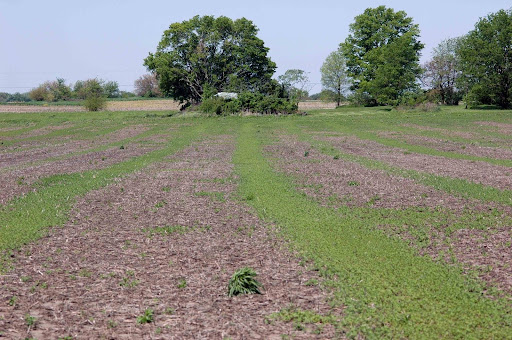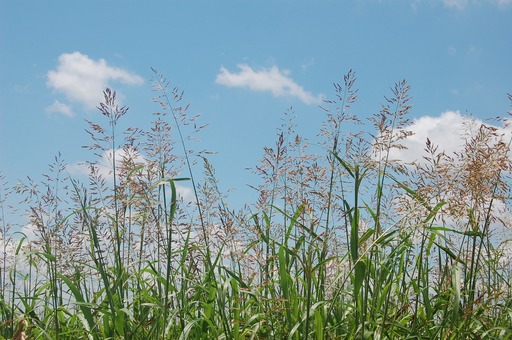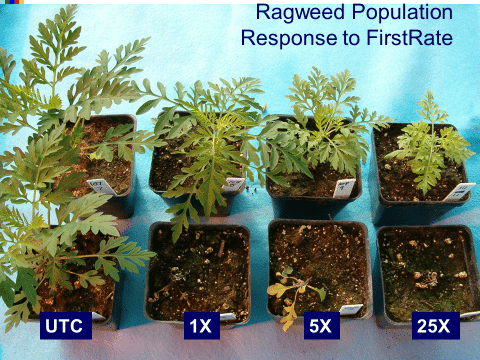Listen to this article above!
Volunteer corn is the surprise guest of the growing season, sprouting where it’s unwanted, lowering yields, and throwing a wrench in farmers’ weed management plans.
Recently, a team of weed scientists led by University of Nebraska weed scientist Dr. Amit Jhala investigated just how many kernels escape harvest, and how likely they are to disrupt the next growing season by germinating.
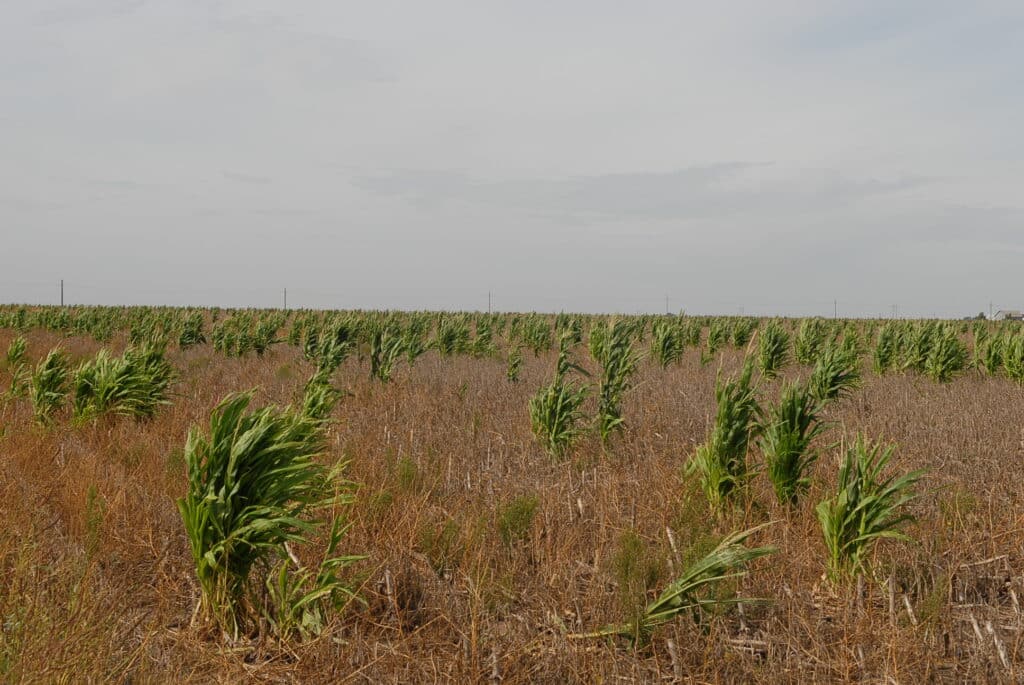
The research found that a corn crop of around 227 bushels per acre can expect anywhere from 0.7% to 1.5% of yield loss on average during the season from corn kernels dropping to the ground, sometimes called “shattering loss.” The majority of that loss comes from harvesting. “That accounts for 2 to 4 bushels per acre,” study co-author and University of Nebraska graduate student, Vipin Kumar, explains. “Which doesn’t sound significant, but when you combine that [across] thousands of acres, that’s a big loss for farmers.”
That lost corn has a 51% chance of germinating. Factors such as harvest conditions and combine operation give farmers power over how many kernels they lose. Other factors, such as weather, are uncontrollable.
What Makes Those Kernels Jump from Cob to Crop?
The major factors causing corn loss can be divided into two categories: weather and combine operator error.
Extreme drought makes the kernels easily drop from their ear of corn. Hailstorms make kernels drop early, and strong winds can make the stalks lodge and lose kernels. Similarly, young, still-green corn can lose kernels through green snap, which is when the corn grows quickly after rain or irrigation and is more prone to lodging in windstorms. (Note: Our recent article on short corn research details how these shorter hybrids better withstand wind damage, and how it works for many corn systems across the United States).
Corn kernel moisture at harvest affects the kernels’ likelihood to shatter. Farmers should harvest corn when it has dried down to 26% moisture content, according to Mississippi State research that Kumar cited. Researchers saw no more than 3% harvest loss at this moisture content. Farmers can expect drastically more yield loss as the moisture content drops below 26%.
Combine-wise, factors such as header height and travel speed can affect how much corn lodges and shatters during harvest. And unfortunately, some kernels will always escape harvest due to other uncontrollable factors such as birds and insects.
Is Lost Corn a Lost Cause?
Don’t lose hope yet! Farmers can still minimize the volunteer corn putting a dent in their weed management plans.
Farmers can reduce lost corn by not harvesting in conditions that are too dry or wet, and by not over-irrigating when the corn is still green to prevent green snap. Farmers should also work to optimize their combine settings (travel speed, concave clearance, header height, and others). The University of Wisconsin-Madison and Kansas State University also offer online guides informing farmers how they can begin to optimize their combine settings for corn harvest.
Corn header modifications, like the modified gathering chains in this GROW news article, can also help capture lost kernels during harvest. Getting these settings correct will take time, but will ultimately result in less weedy corn, and less lost time and money.
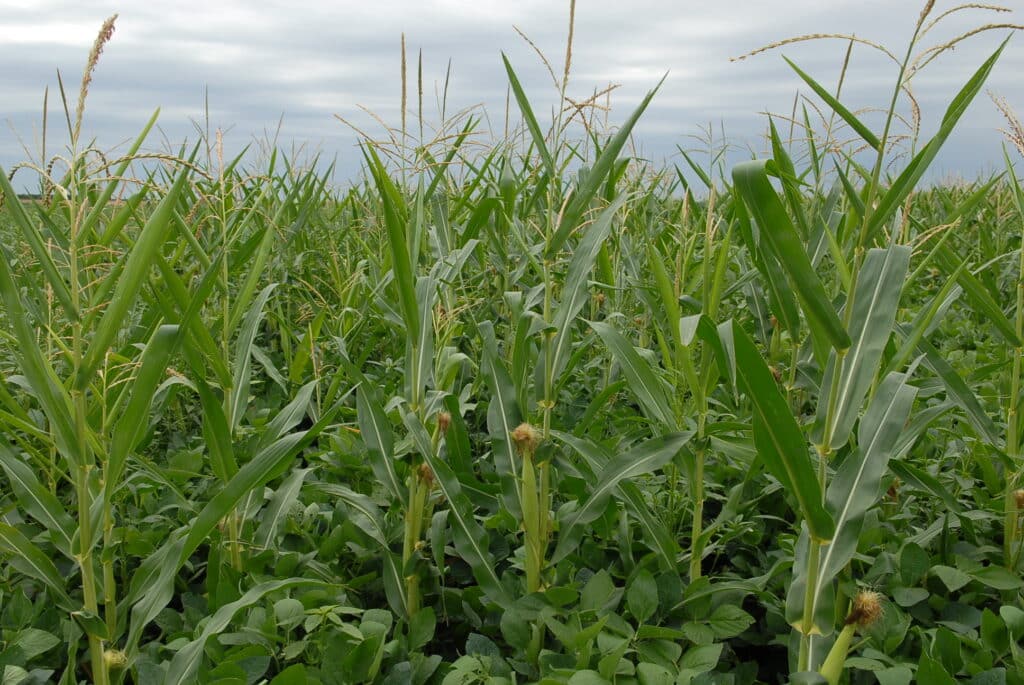
Crop rotations can provide more options for controlling volunteer corn, as continuously growing different corn varieties will lessen the amount of volunteer-corn-controlling herbicide options. But farmers in a corn-soybean rotation, for instance, can spray Group 1 herbicides postemergence in soybeans to control weedy corn, Kumar says.
Farmers may find that insects, fungal organisms, and animals can reduce the amount of volunteer corn in the next season. It is also possible that fewer kernels would germinate after overwintering in the field, compared to the study’s dropped kernels, which overwintered in a temperature-controlled lab. Outside a lab, “you might have some birds or other animals eating those [escaped] seeds, or different moisture levels or temperatures can reduce the viability of those seeds,” Kumar explains.
Kumar’s research provides a critical first step in understanding the extent of lost corn in Nebraska’s corn fields. He hopes that future research will provide more in-depth information on how farmers can prevent lost corn. “If we can do systematic research to see what combine speed works best and what moisture content works best, that would be helpful to nail down some of the biggest issues,” Kumar says.
Explore GROW’s website for more information about weed management, and to read our recent news article on corn header modifications to catch dropped corn kernels!
Article by Amy Sullivan, GROW; Header and feature photo by Amit Jhala, University of Nebraska-Lincoln
